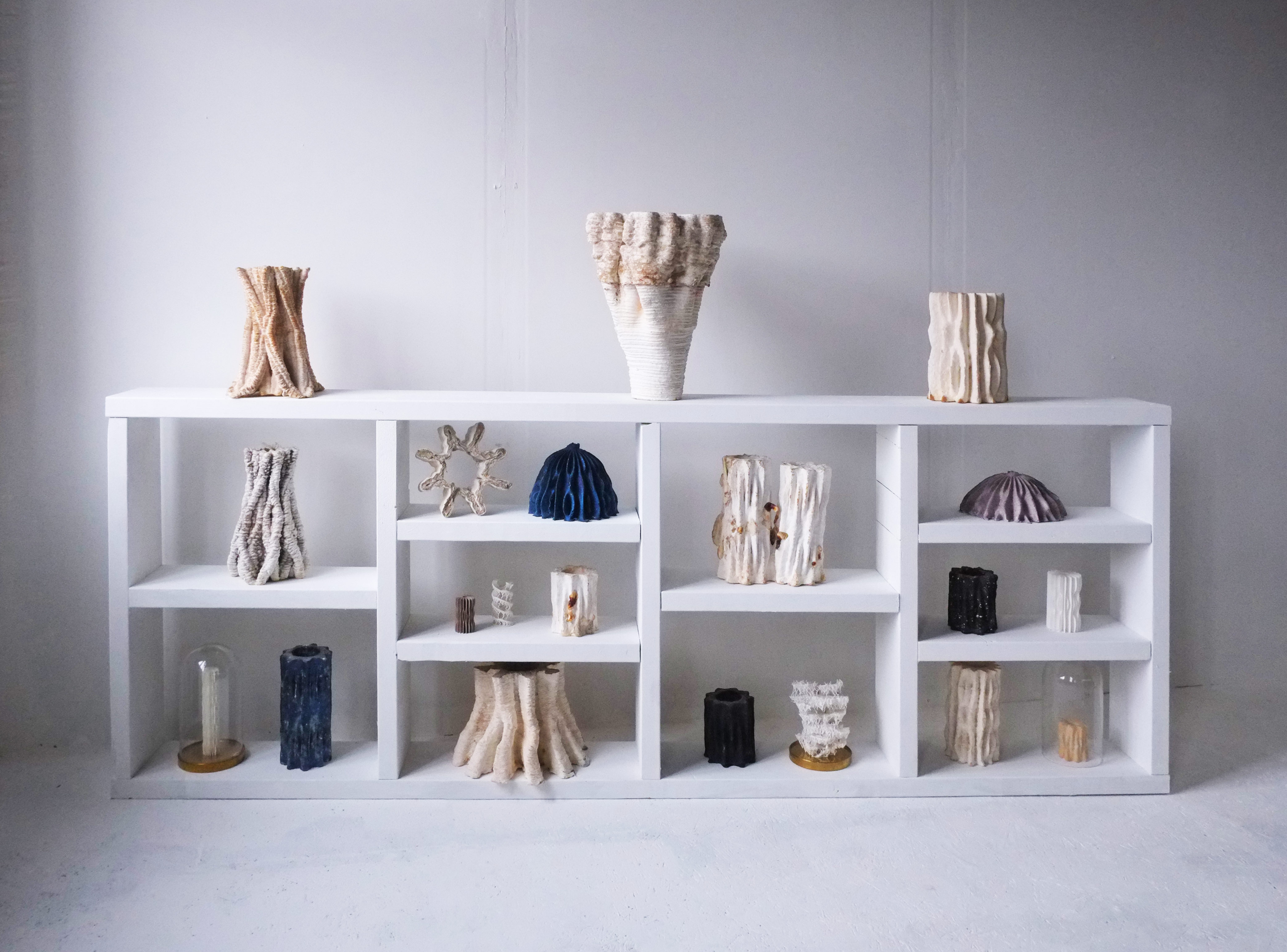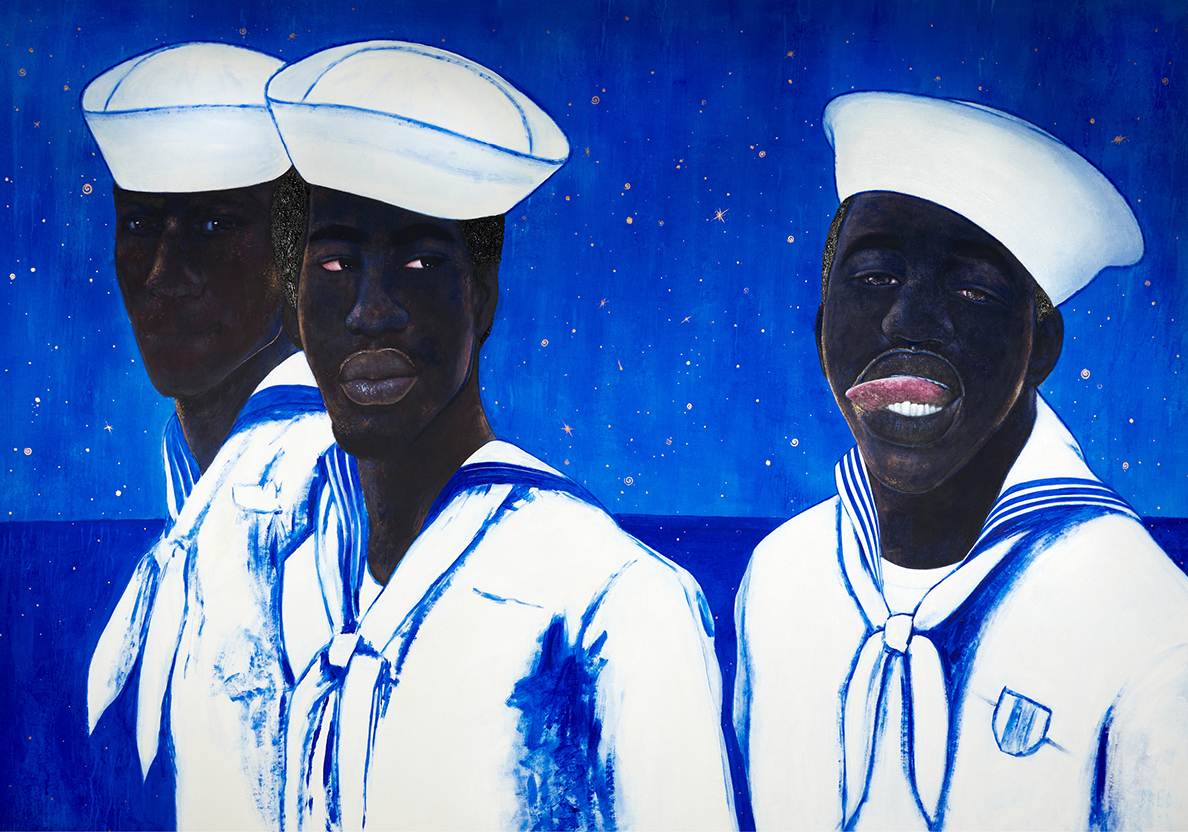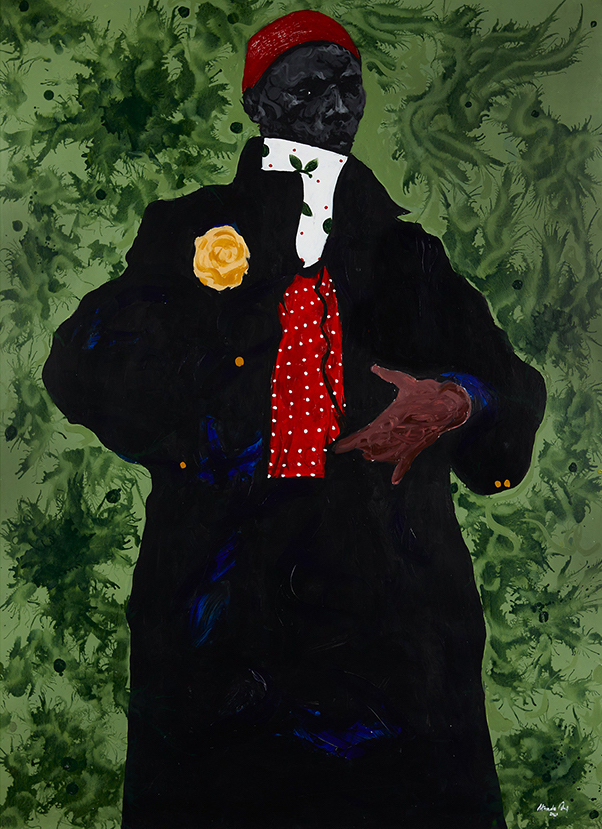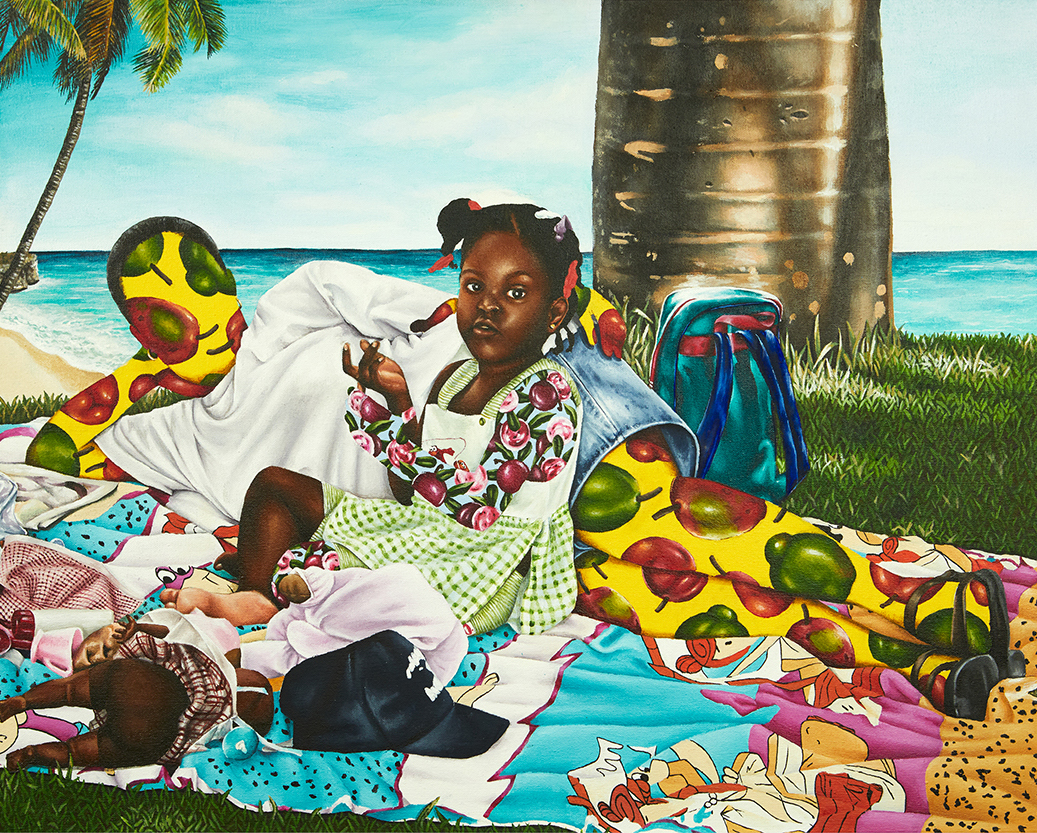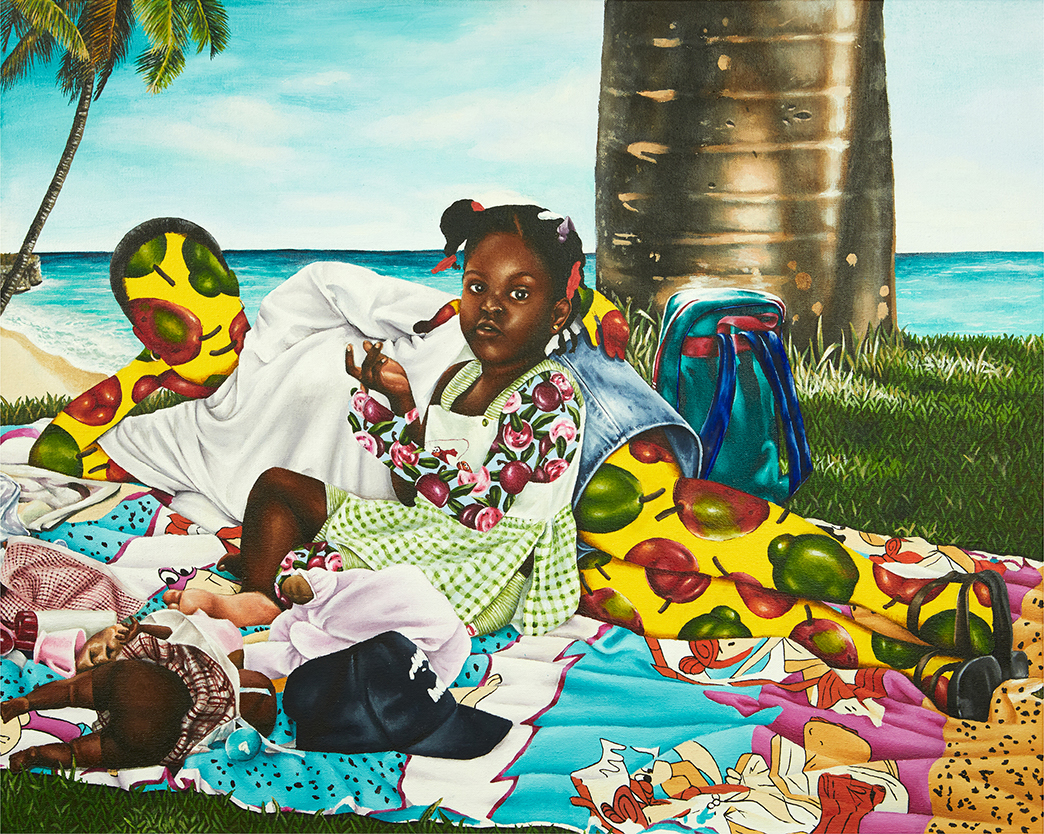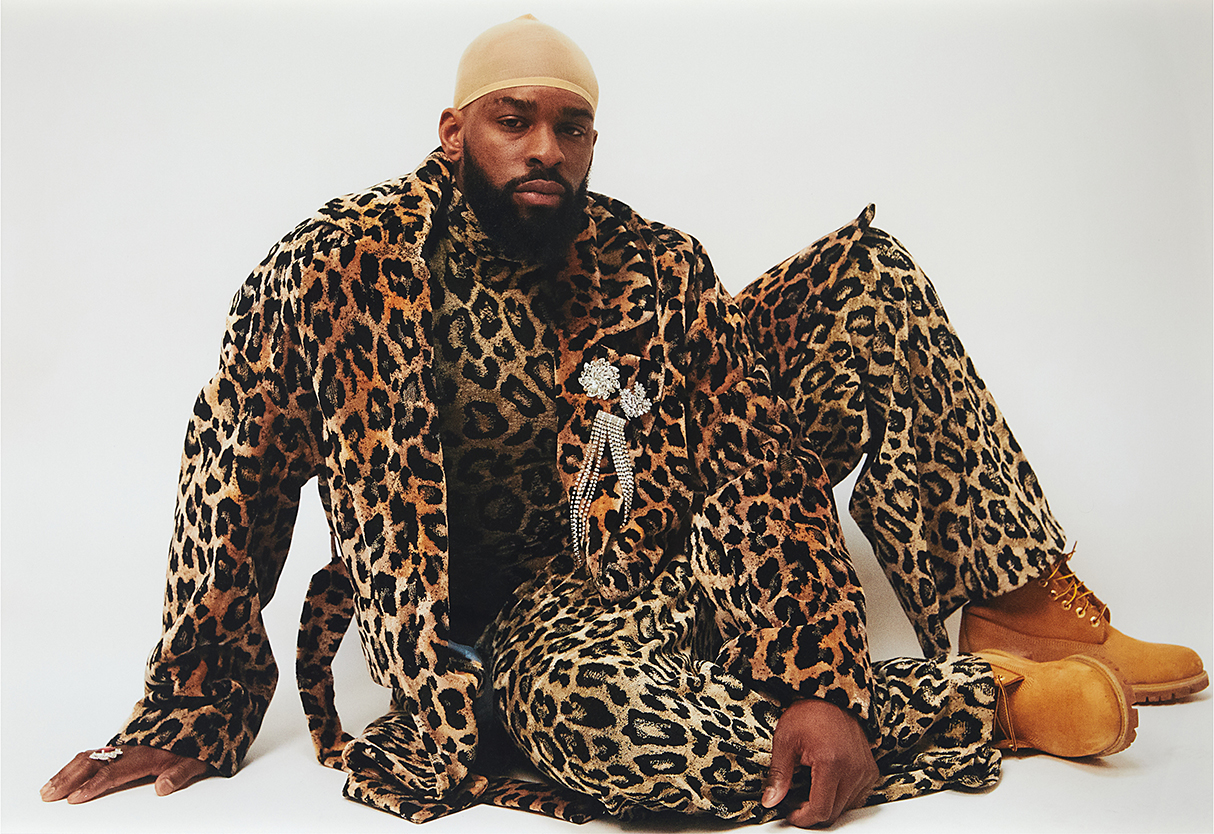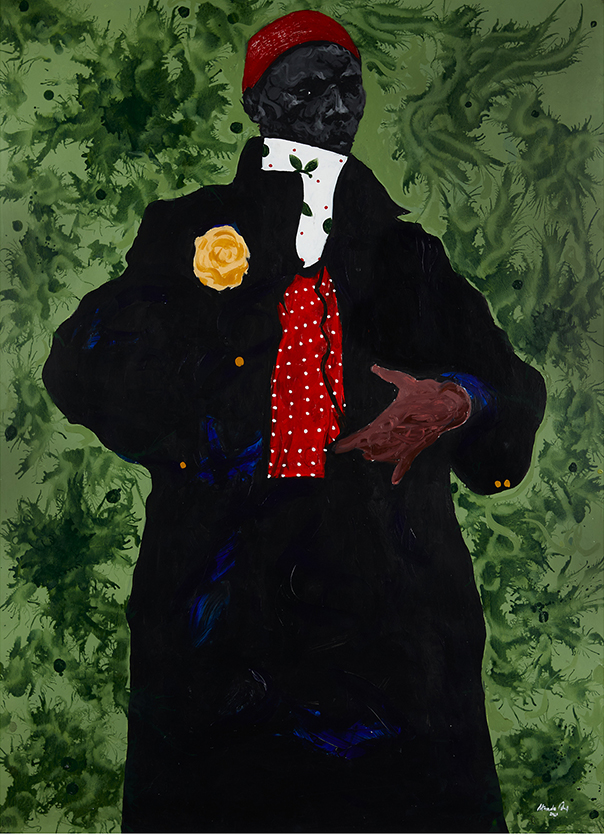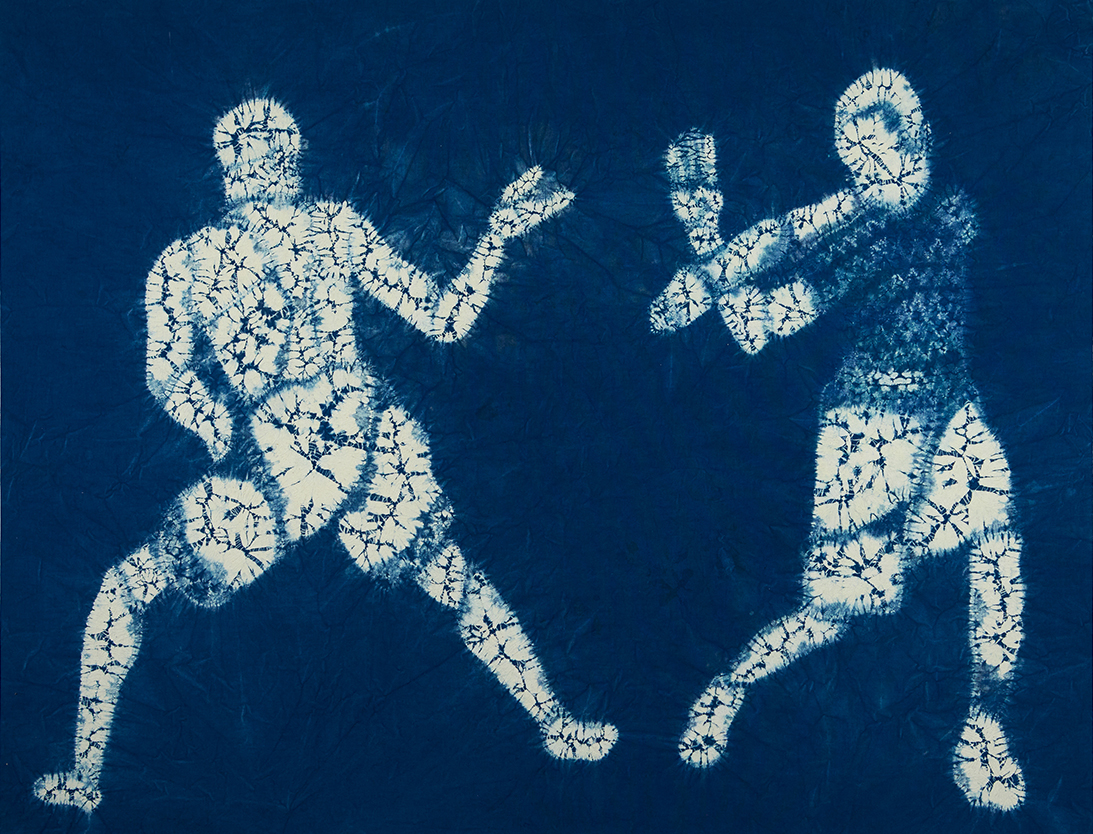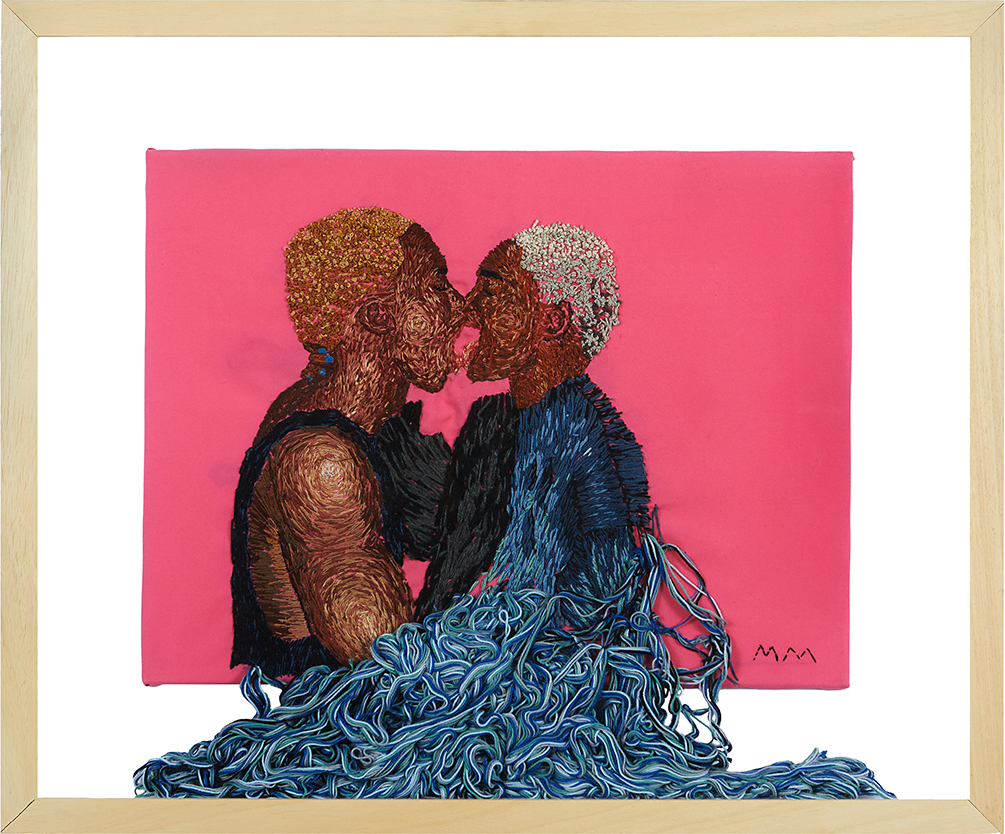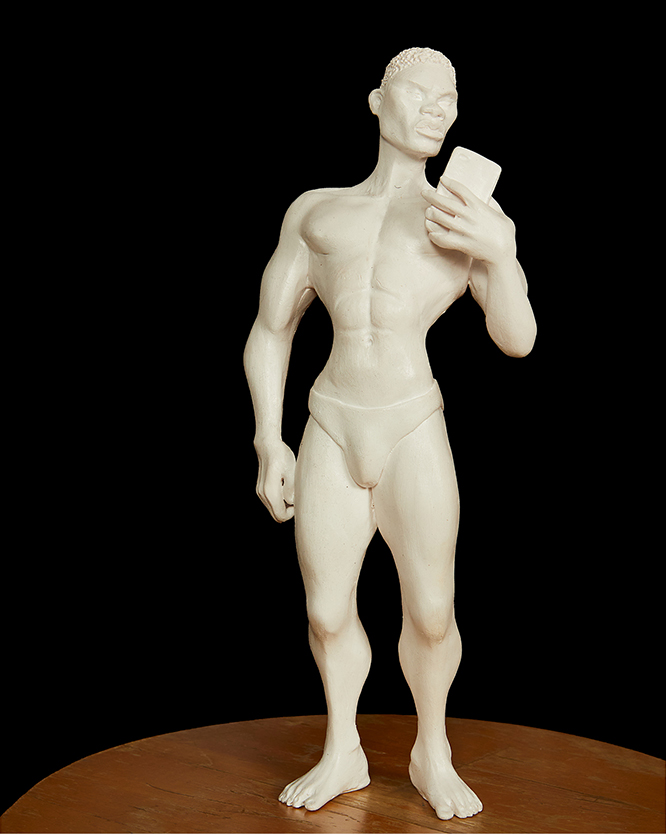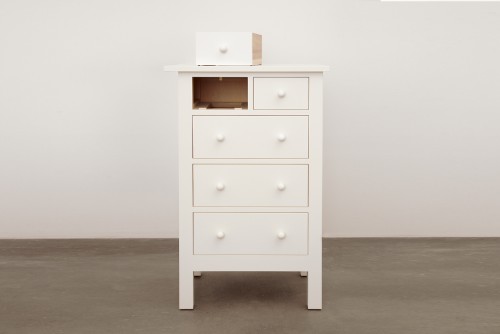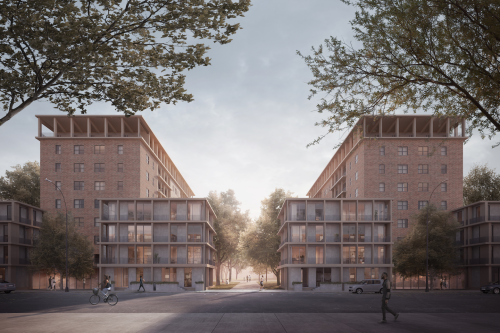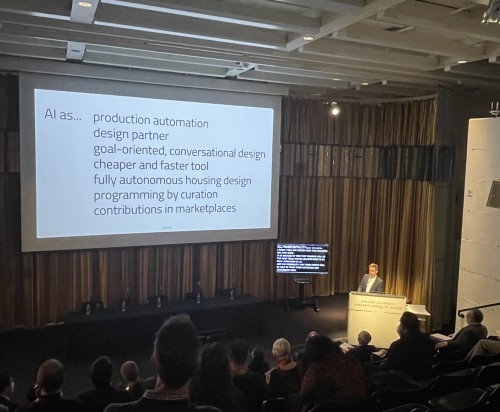ISSUE↓
STORY TYPE↓
AUTHOR↓
9
THE BUILT ENVIRONMENT
April 22, 2024
Why Did Our Homes Stop Evolving?
by George Kafka
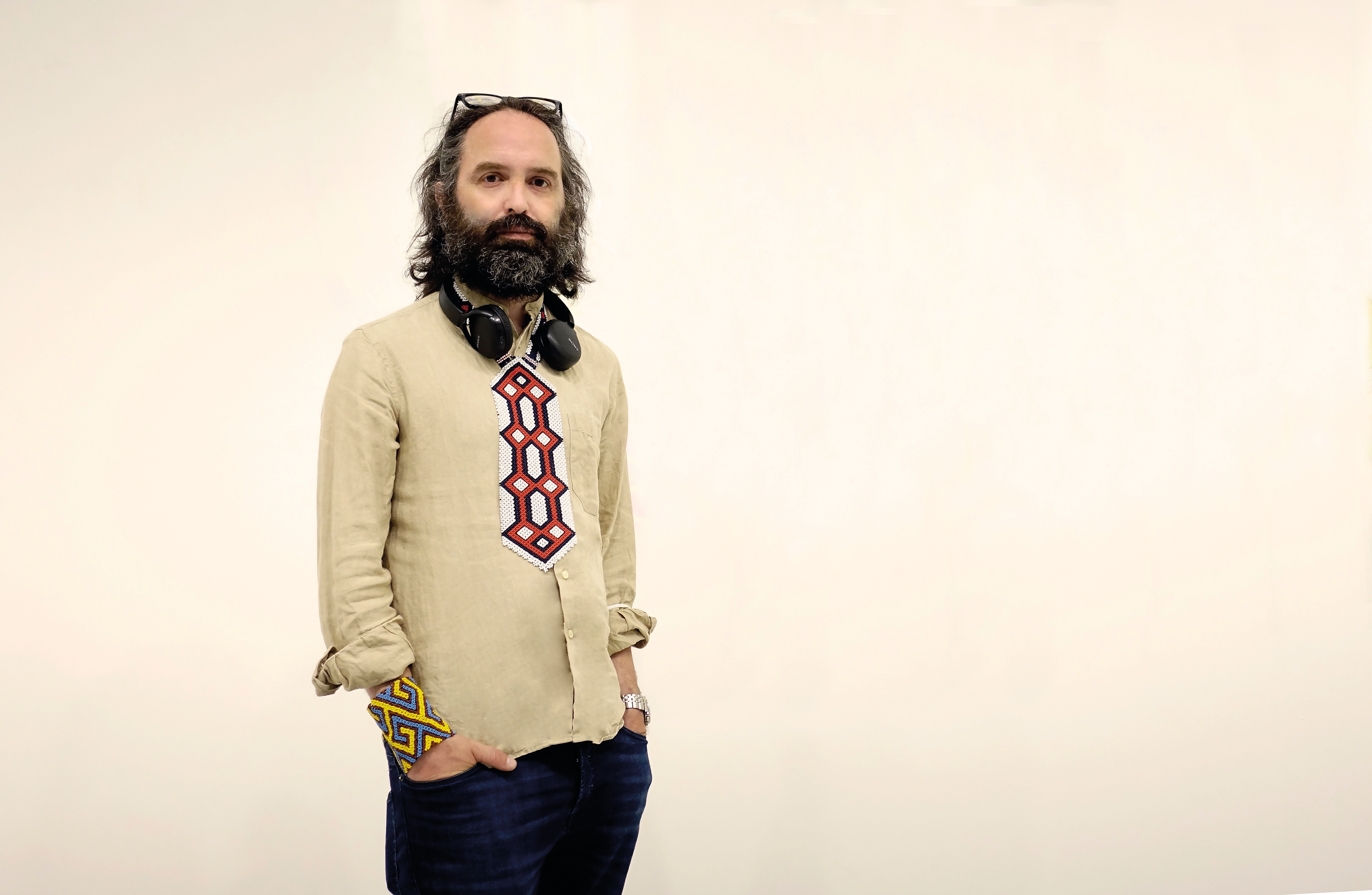
9
ROUNDTABLE
April 8, 2024
Spaces Where the Body Is a Vital Force
by Tiffany Jow
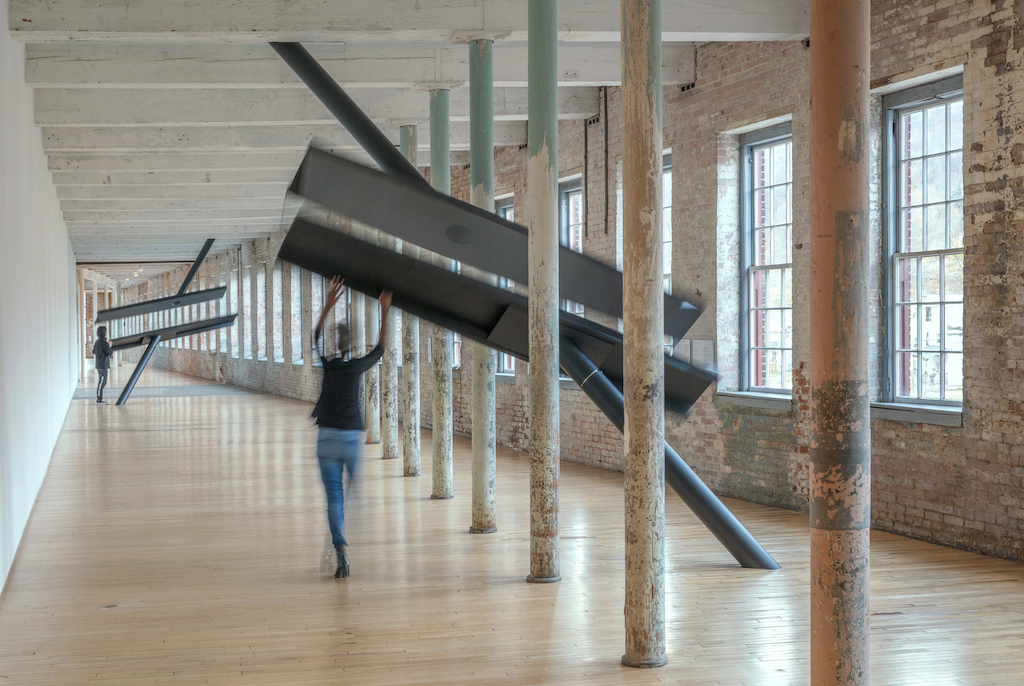
9
BOOK REVIEW
April 1, 2024
Tracing the Agency of Women as Users and Experts of Architecture
by Mimi Zeiger
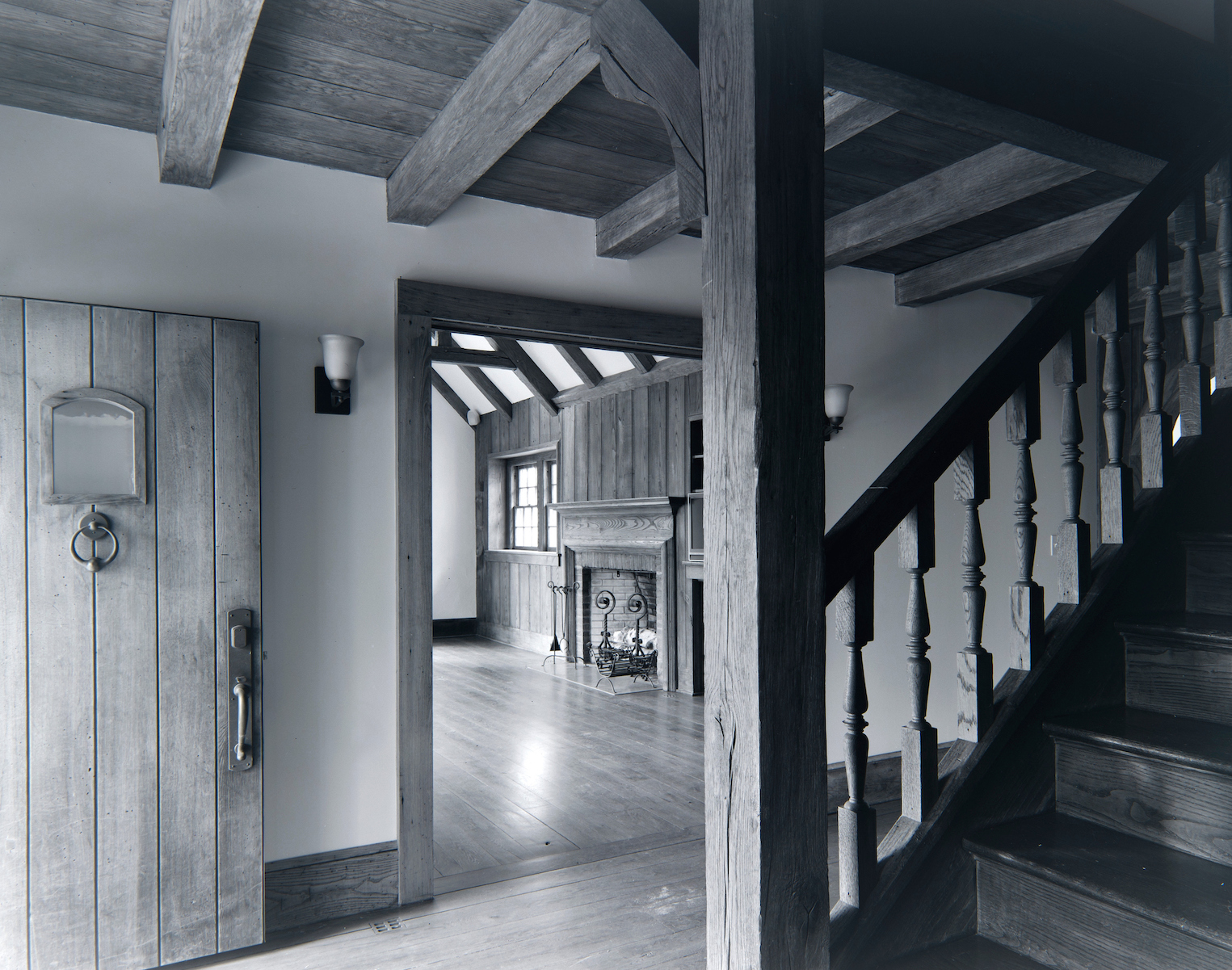
9
PERSPECTIVE
March 25, 2024
Are You Sitting in a Non-Place?
by Mzwakhe Ndlovu
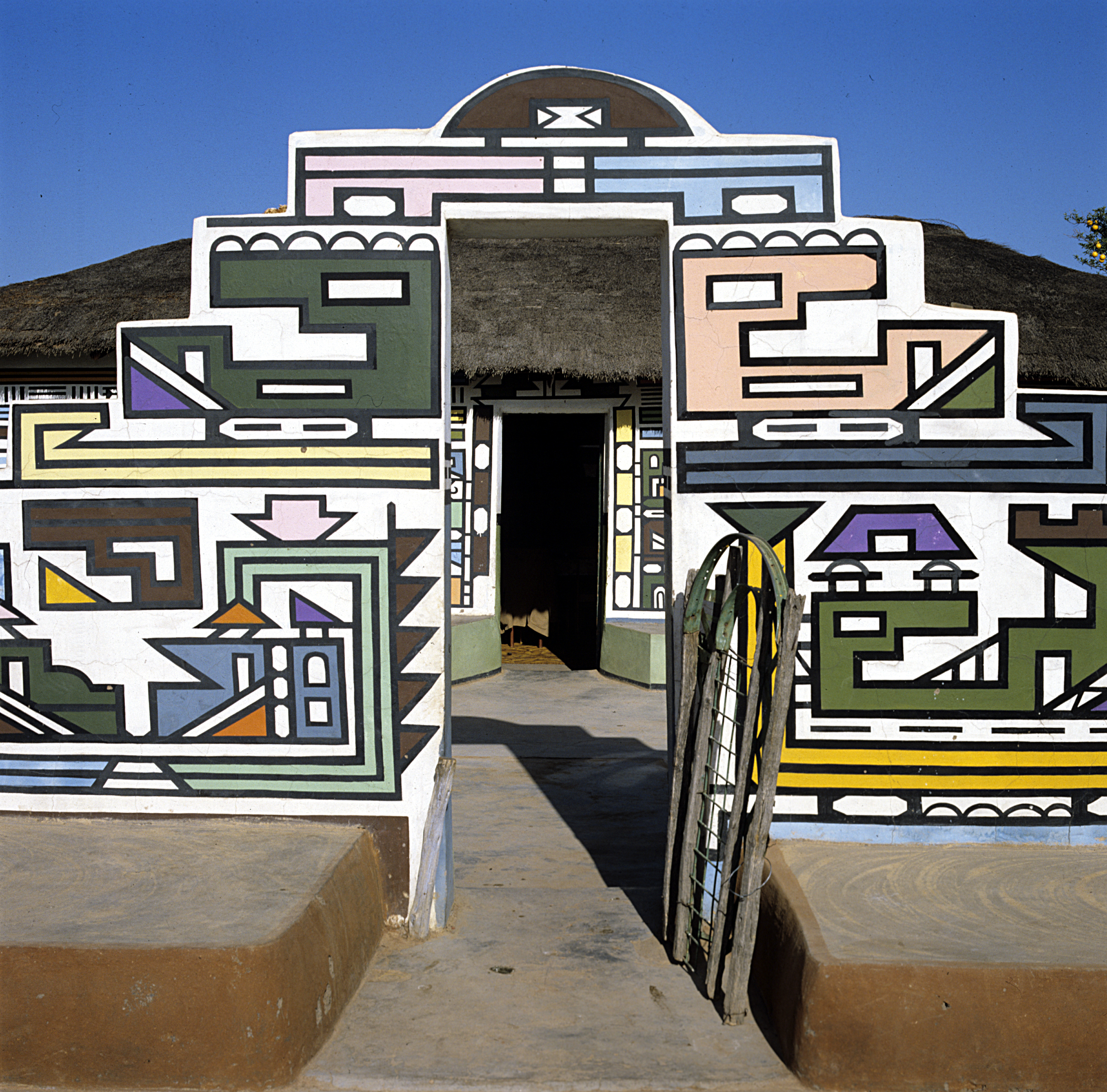
9
ROUNDTABLE
March 11, 2024
At Home, Connecting in Place
by Marianela D’Aprile

9
PERSPECTIVE
March 4, 2024
VALIE EXPORT’s Tactical Urbanism
by Alissa Walker
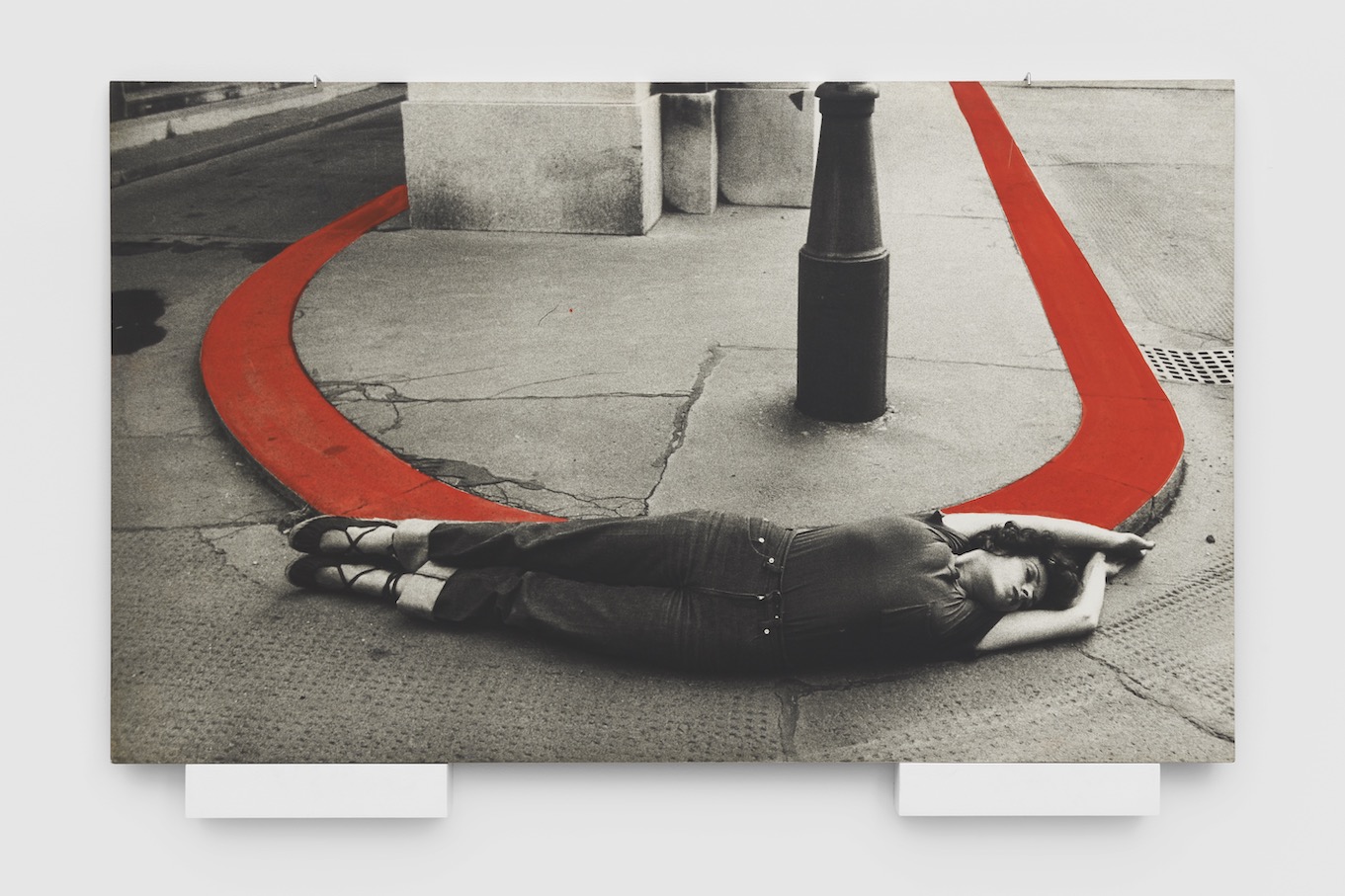
8
PERSPECTIVE
February 26, 2024
What the “Whole Earth Catalog” Taught Me About Building Utopias
by Anjulie Rao
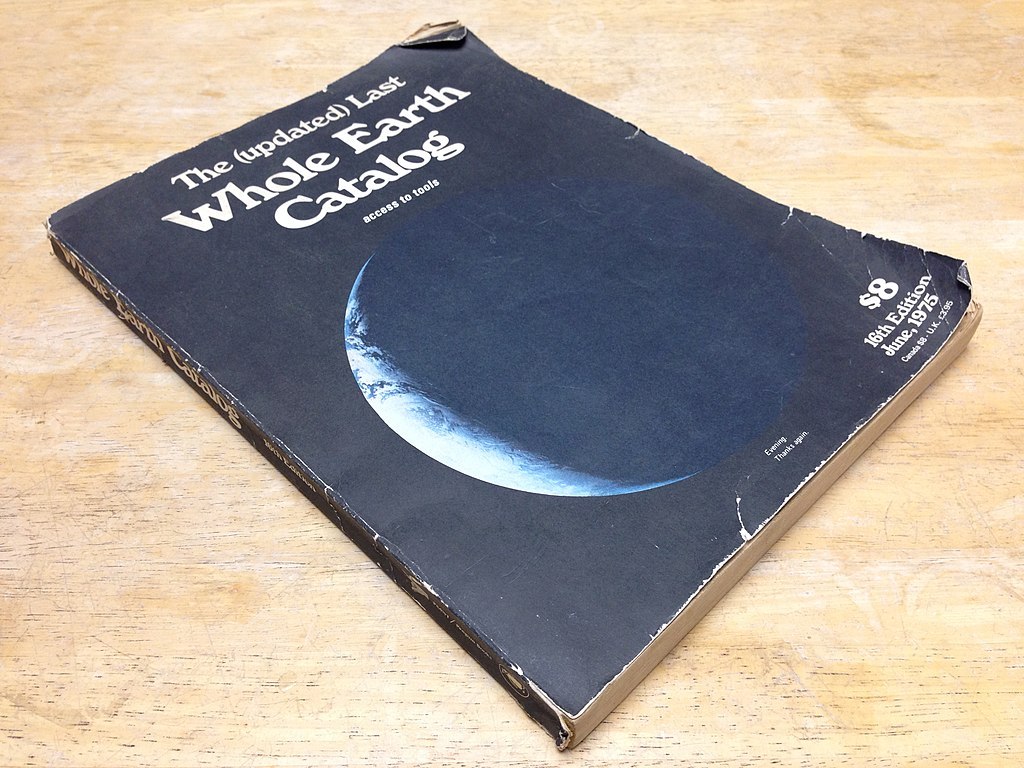
8
THE BUILT ENVIRONMENT
February 19, 2024
How a Run-Down District in London Became a Model for Neighborhood Revitalization
by Ellen Peirson
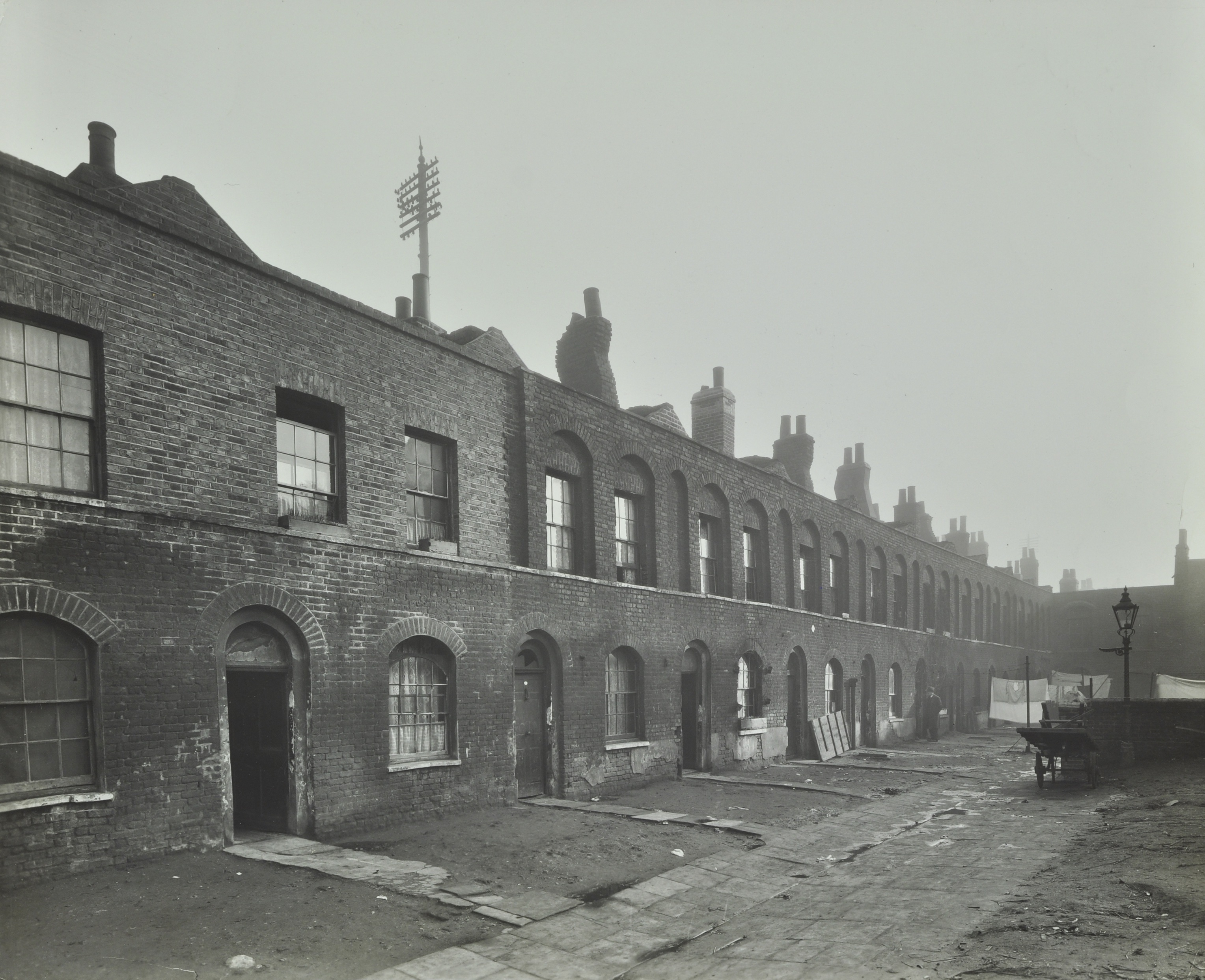
8
THE BUILT ENVIRONMENT
February 12, 2024
In Brooklyn, Housing That Defies the Status Quo
by Gideon Fink Shapiro
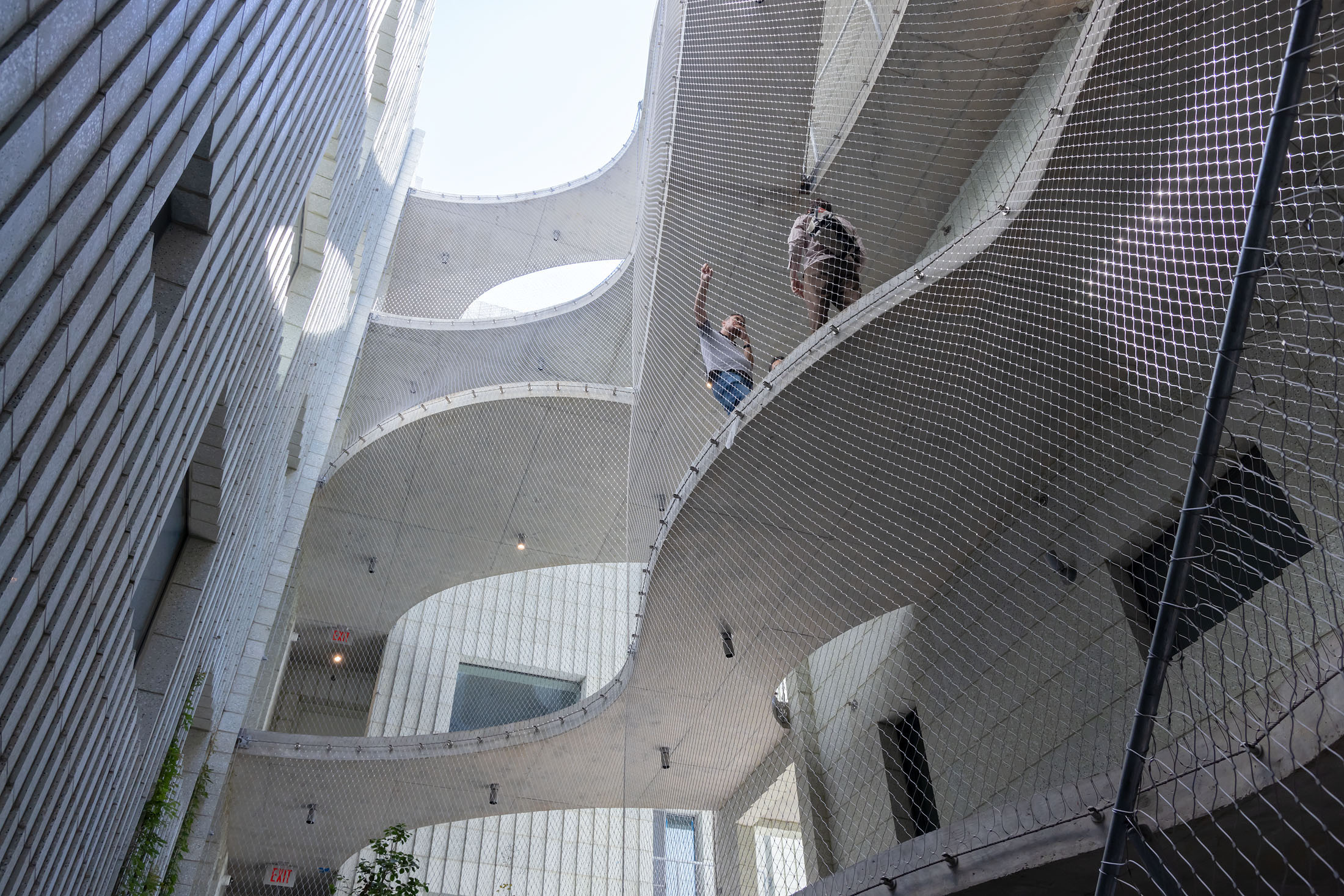
8
PERSPECTIVE
February 5, 2024
That “Net-Zero” Home Is Probably Living a Lie
by Fred A. Bernstein
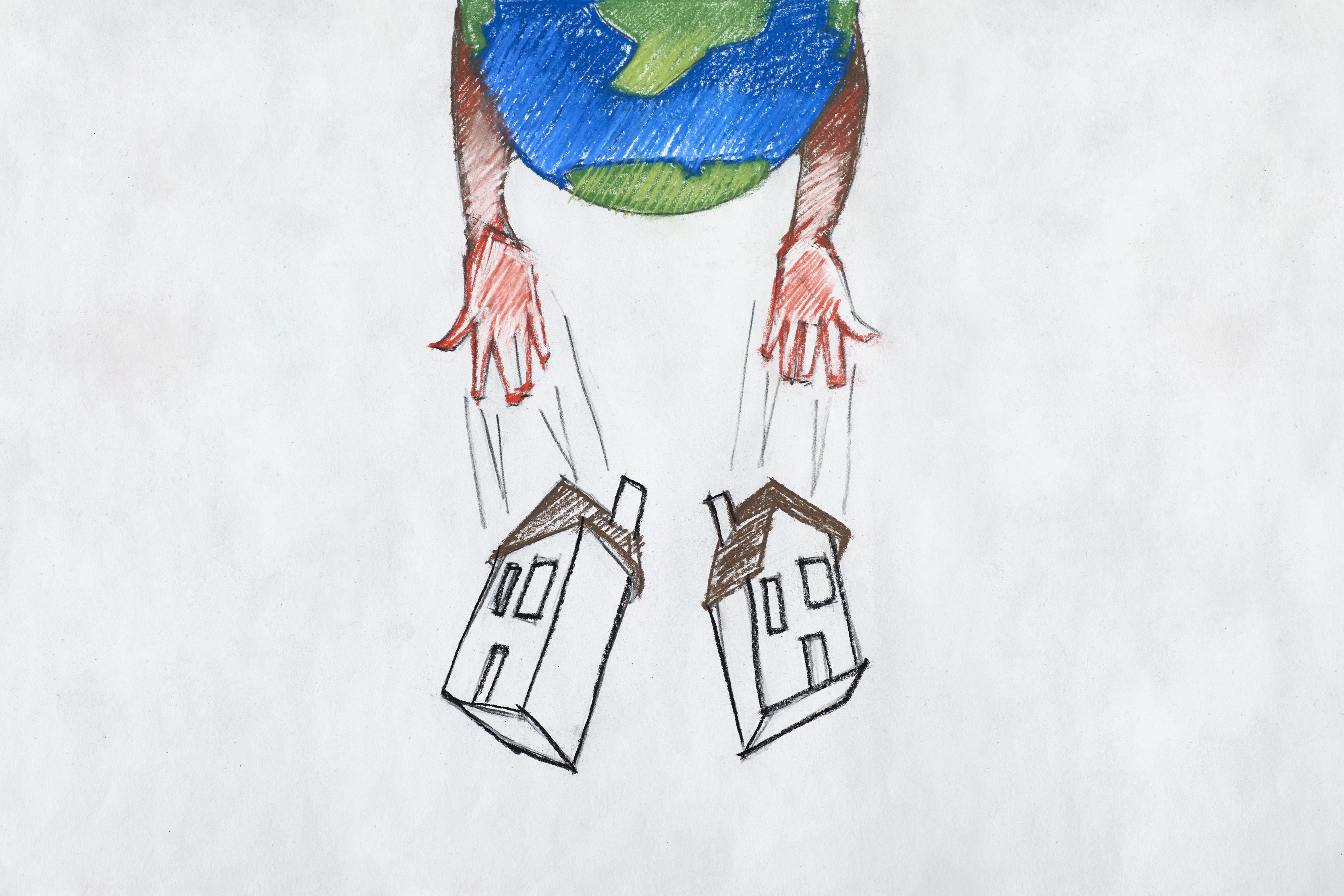
8
PERSPECTIVE
January 22, 2024
The Virtue of Corporate Architecture Firms
by Kate Wagner
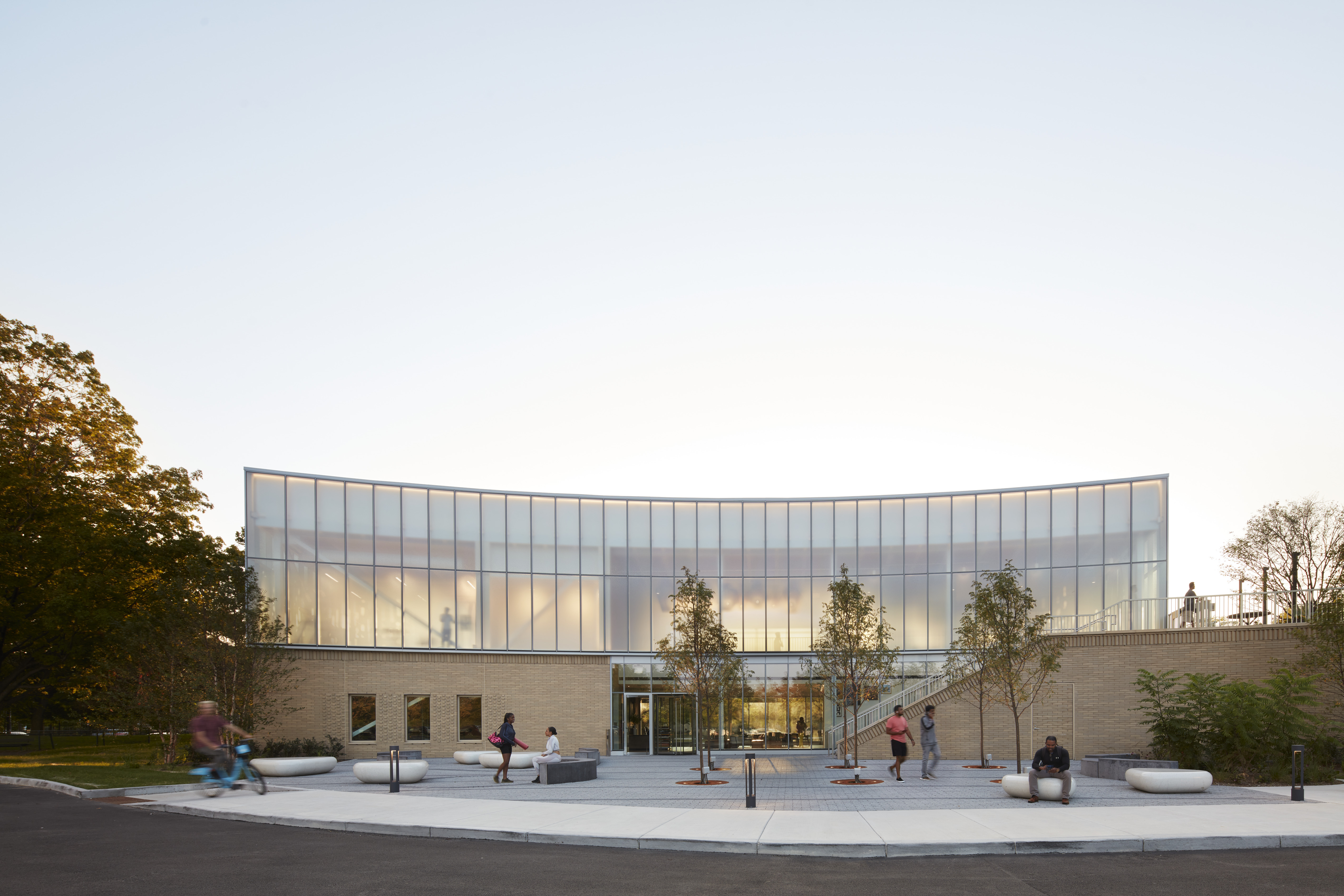
8
PERSPECTIVE
January 16, 2024
How Infrastructure Shapes Us
by Deb Chachra
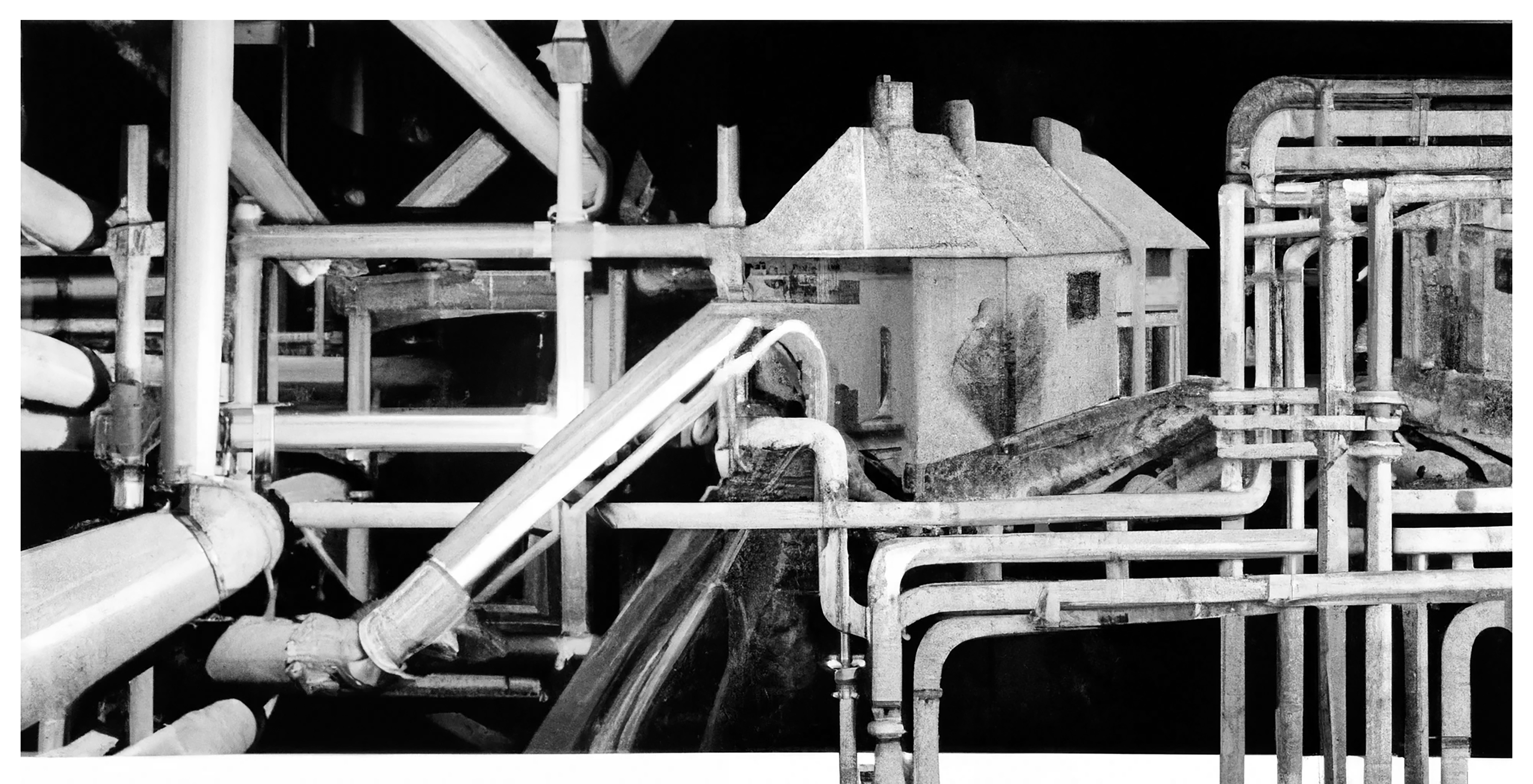
8
THE BUILT ENVIRONMENT
January 8, 2024
The Defiance of Desire Lines
by Jim Stephenson
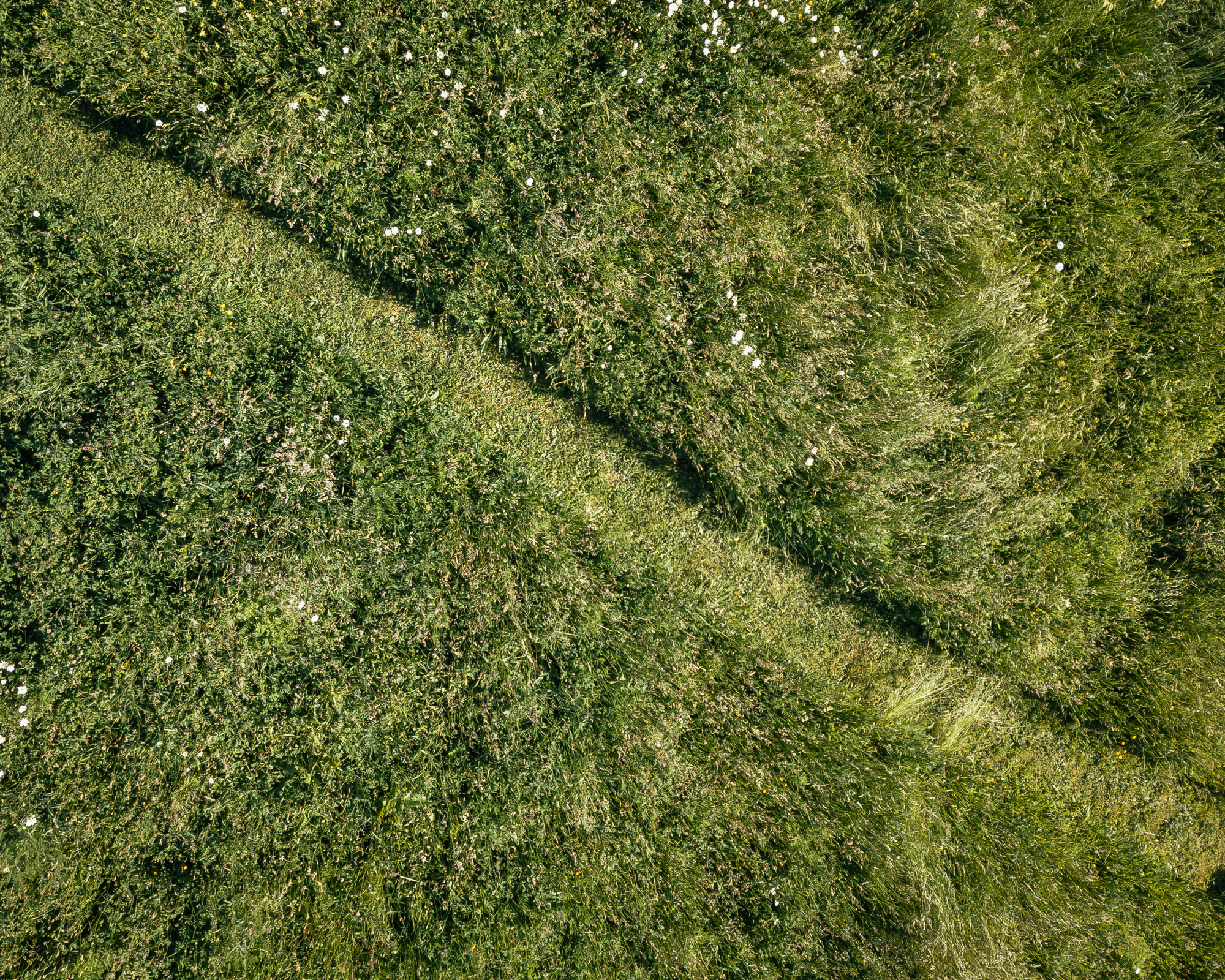
7
THE BUILT ENVIRONMENT
December 18, 2023
This House Is Related to You and to Your Nonhuman Relatives
by Sebastián López Cardozo

7
THE BUILT ENVIRONMENT
December 11, 2023
What’s the Point of the Plus Pool?
by Ian Volner

7
BOOK REVIEW
December 4, 2023
The Extraordinary Link Between Aerobics and Architecture
by Jarrett Fuller
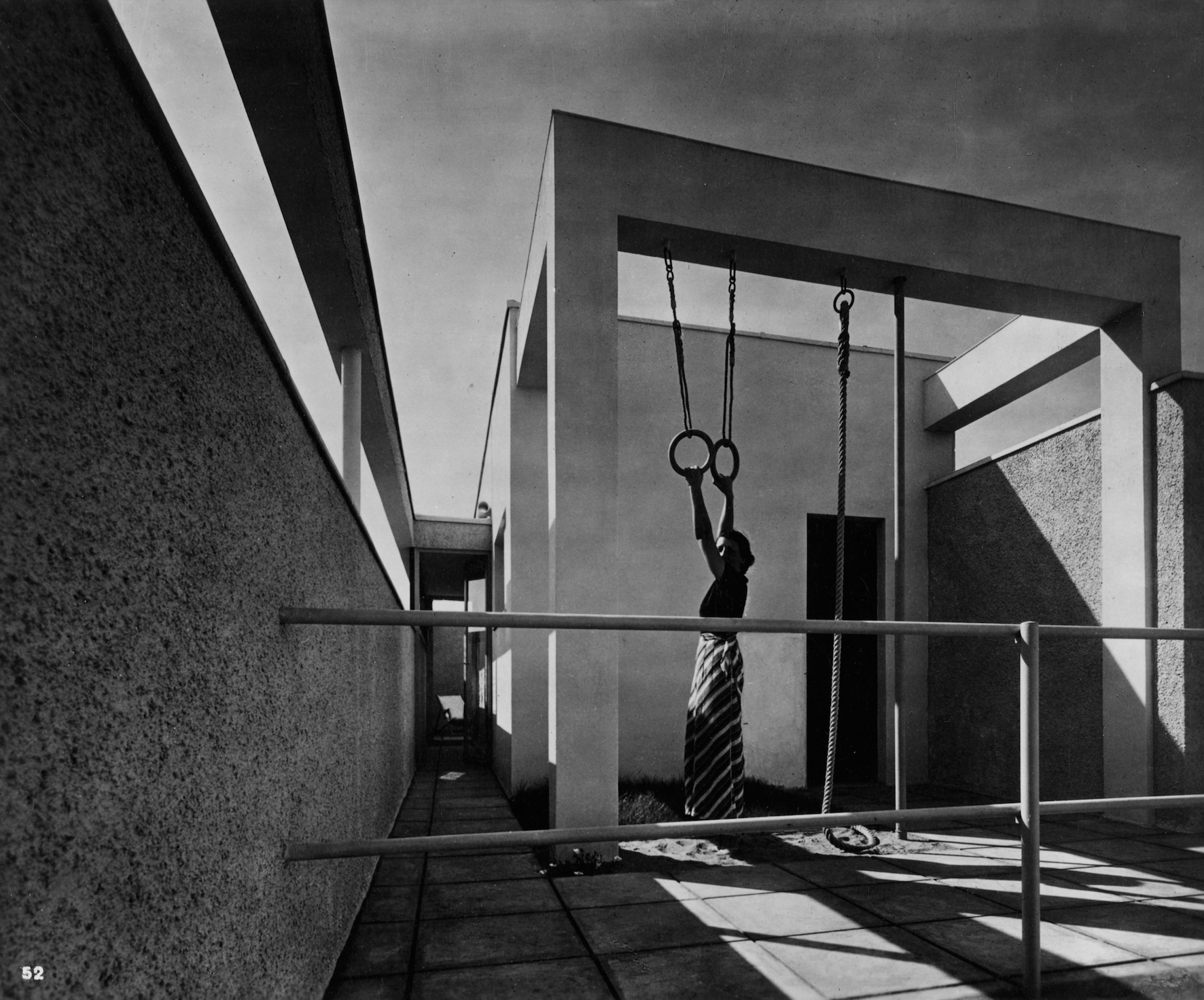
7
PERSPECTIVE
November 27, 2023
Architecture That Promotes Healing and Fortifies Us for Action
by Kathryn O’Rourke

7
objects and things
November 6, 2023
How to Design for Experience
by Diana Budds
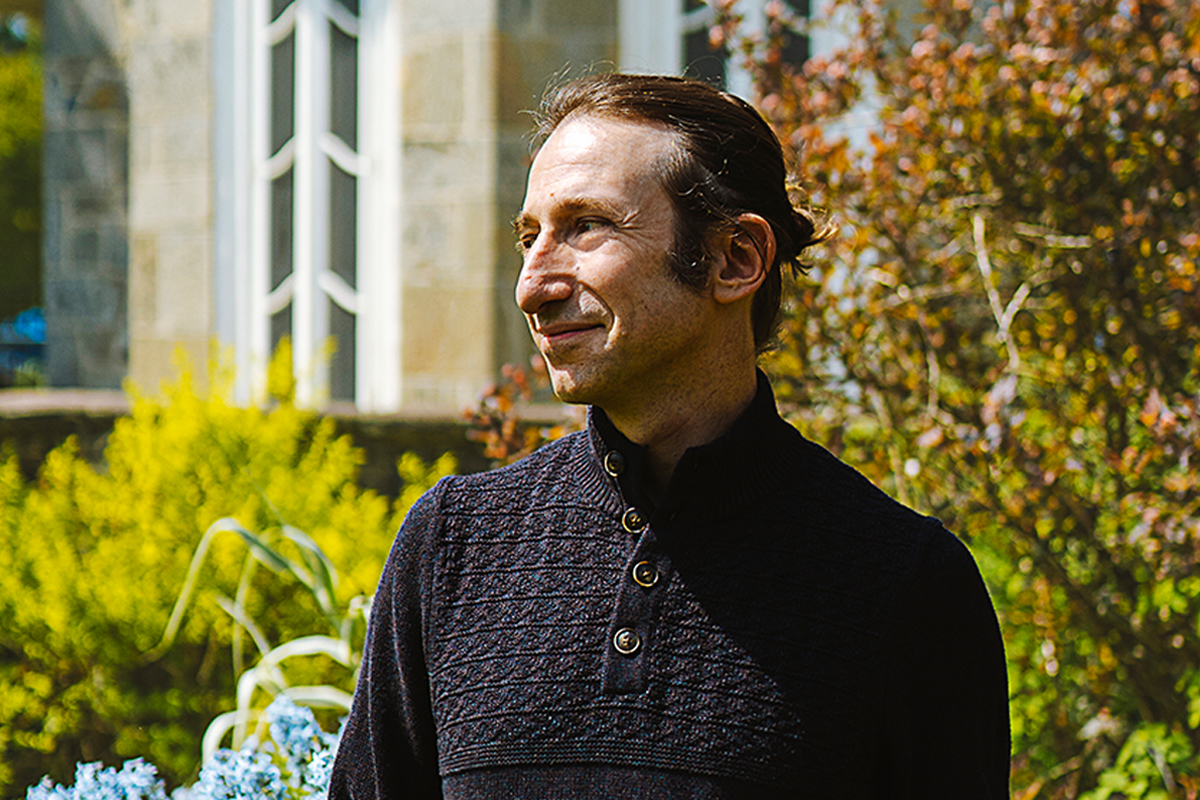
7
CHRONICLES OF CULTURE
October 30, 2023
The Meaty Objects at Marta
by Jonathan Griffin
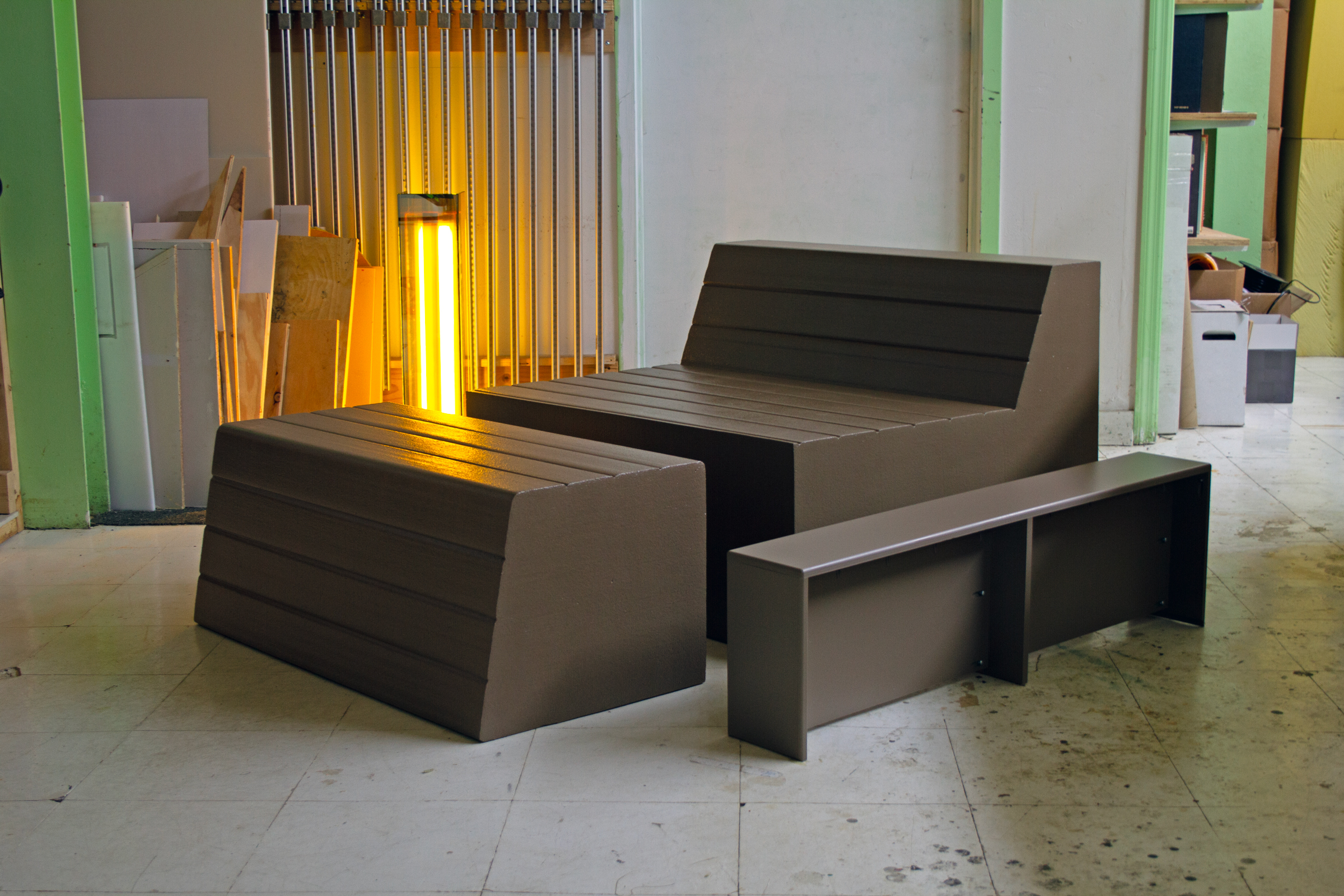
6
OBJECTS AND THINGS
October 23, 2023
How Oliver Grabes Led Braun Back to Its Roots
by Marianela D’Aprile
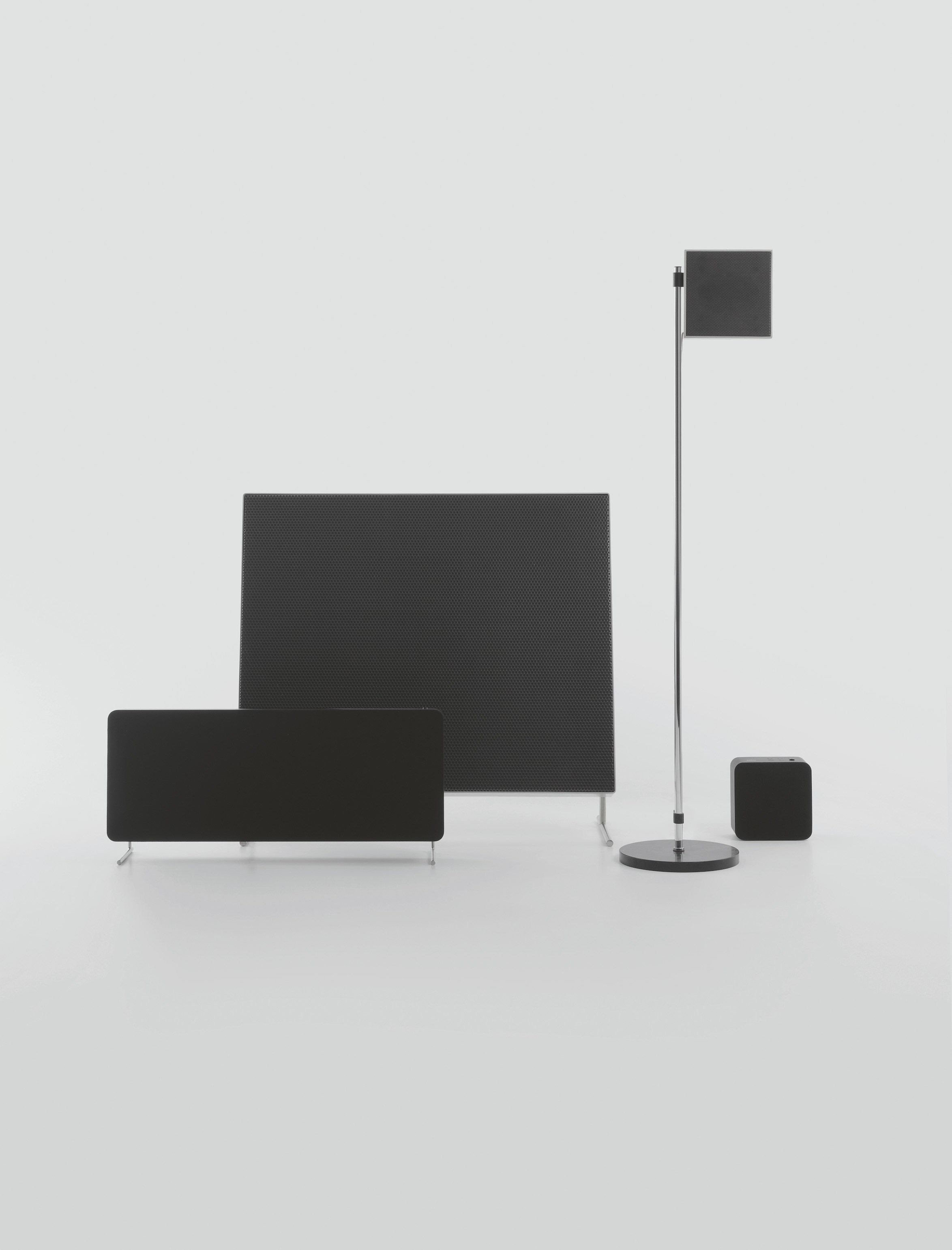
6
THE BUILT ENVIRONMENT
October 16, 2023
Can Adaptive Reuse Fuel Equitable Revitalization?
by Clayton Page Aldern
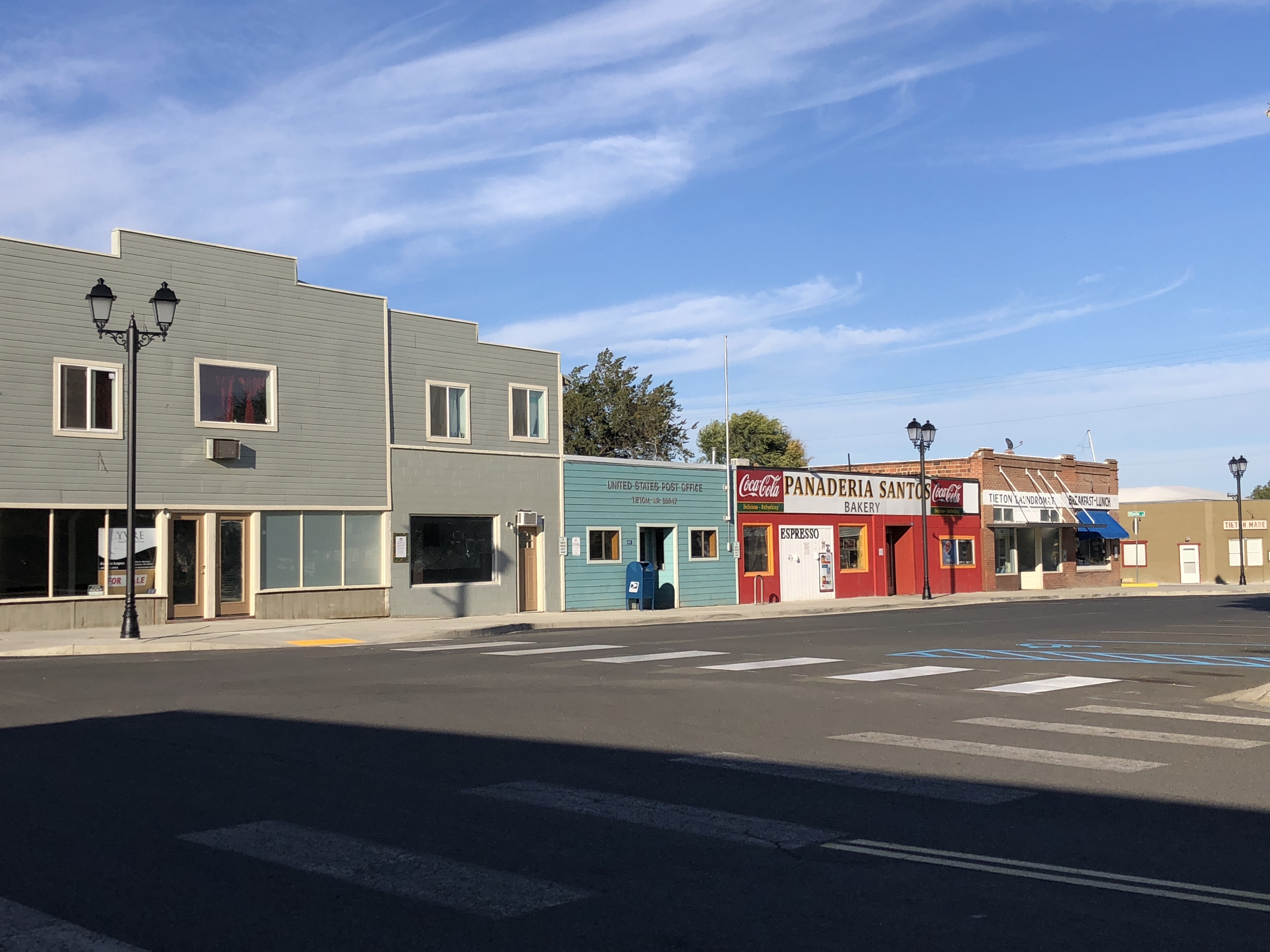
6
PERSPECTIVE
October 9, 2023
What’s the Point of a Tiny Home?
by Mimi Zeiger
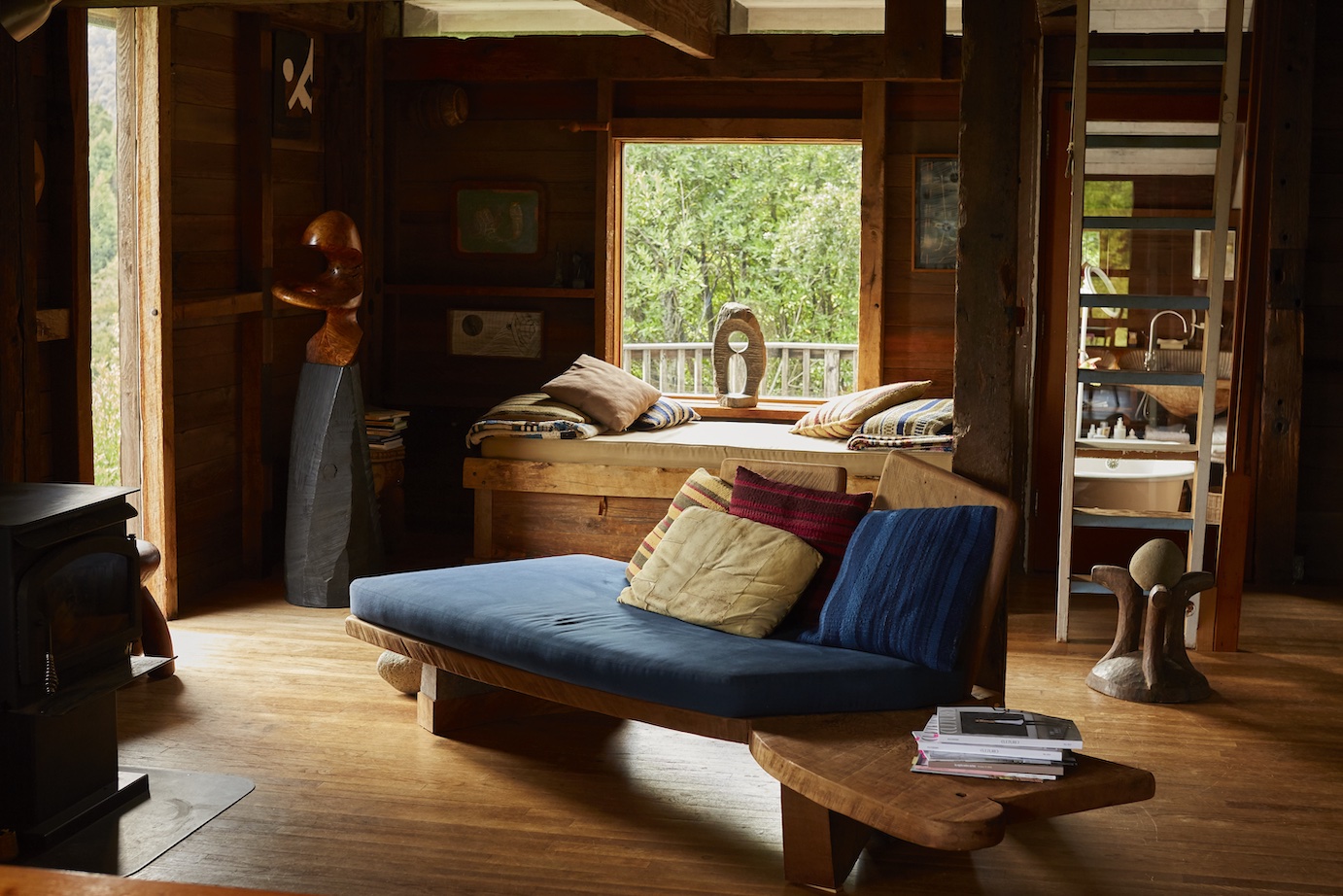
6
CHRONICLES OF CULTURE
October 2, 2023
A Book Where Torn-Paper Blobs Convey Big Ideas
by Julie Lasky

6
THE BUILT ENVIRONMENT
September 24, 2023
The Architecture of Doing Nothing
by Edwin Heathcote
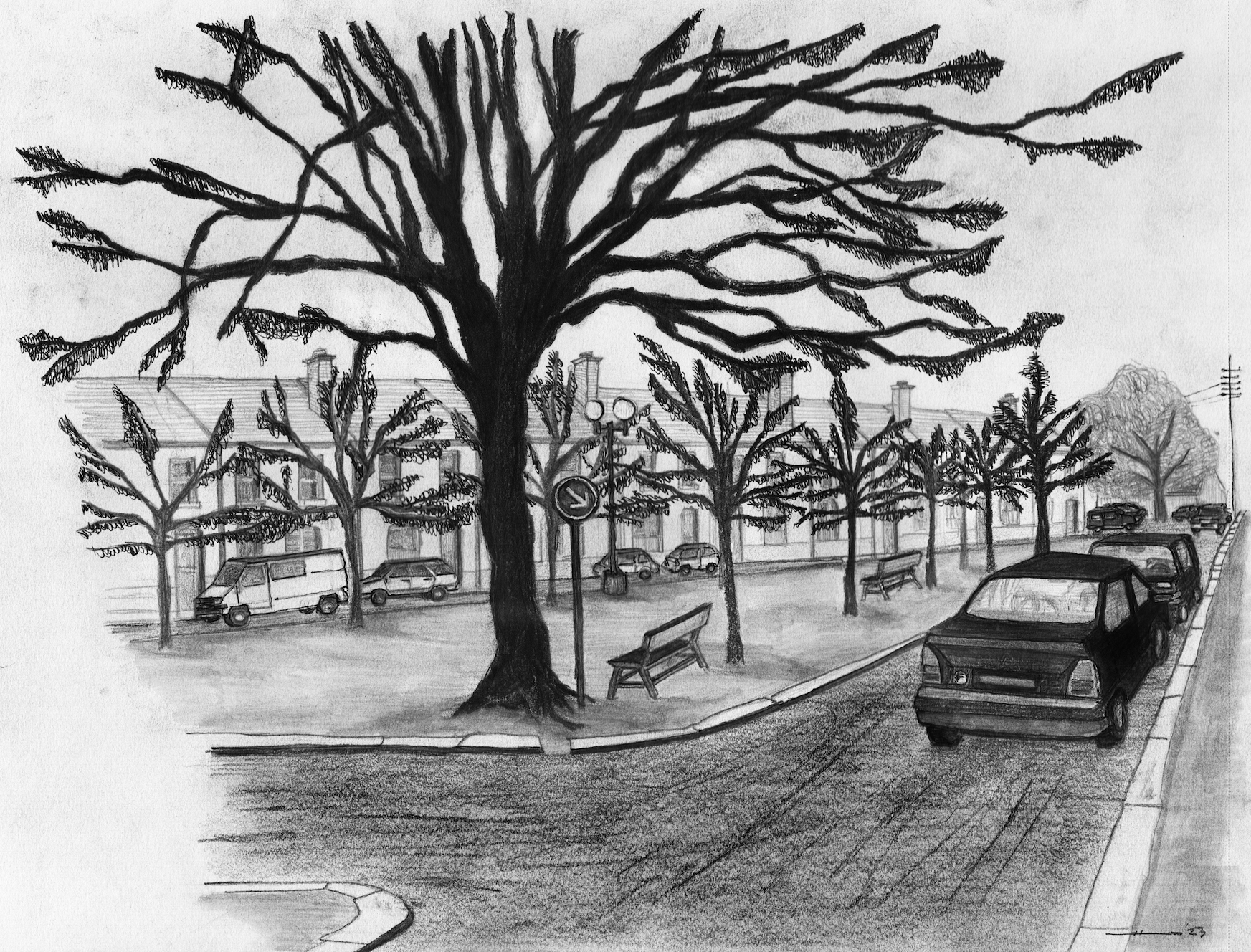
6
BOOK REVIEW
September 18, 2023
What the “Liebes Look” Says About Dorothy Liebes
by Debika Ray
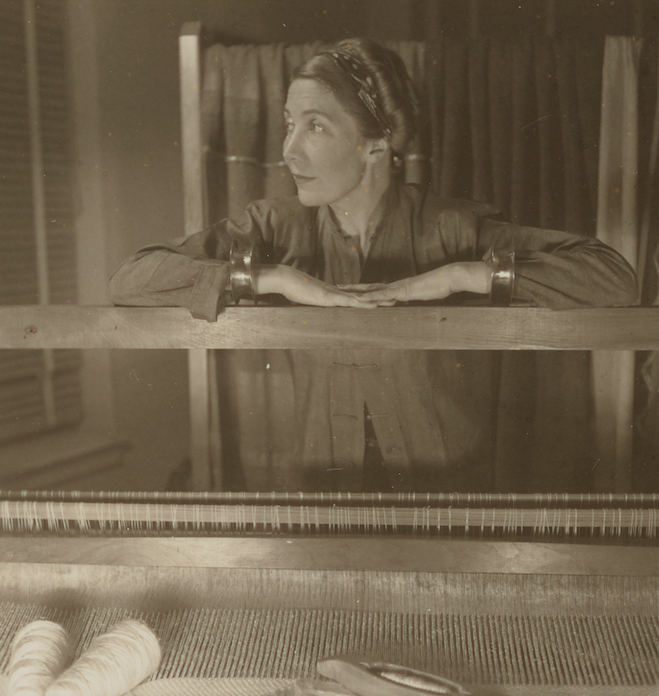
6
OBJECTS AND THINGS
September 11, 2023
Roy McMakin’s Overpowering Simplicity
by Eva Hagberg
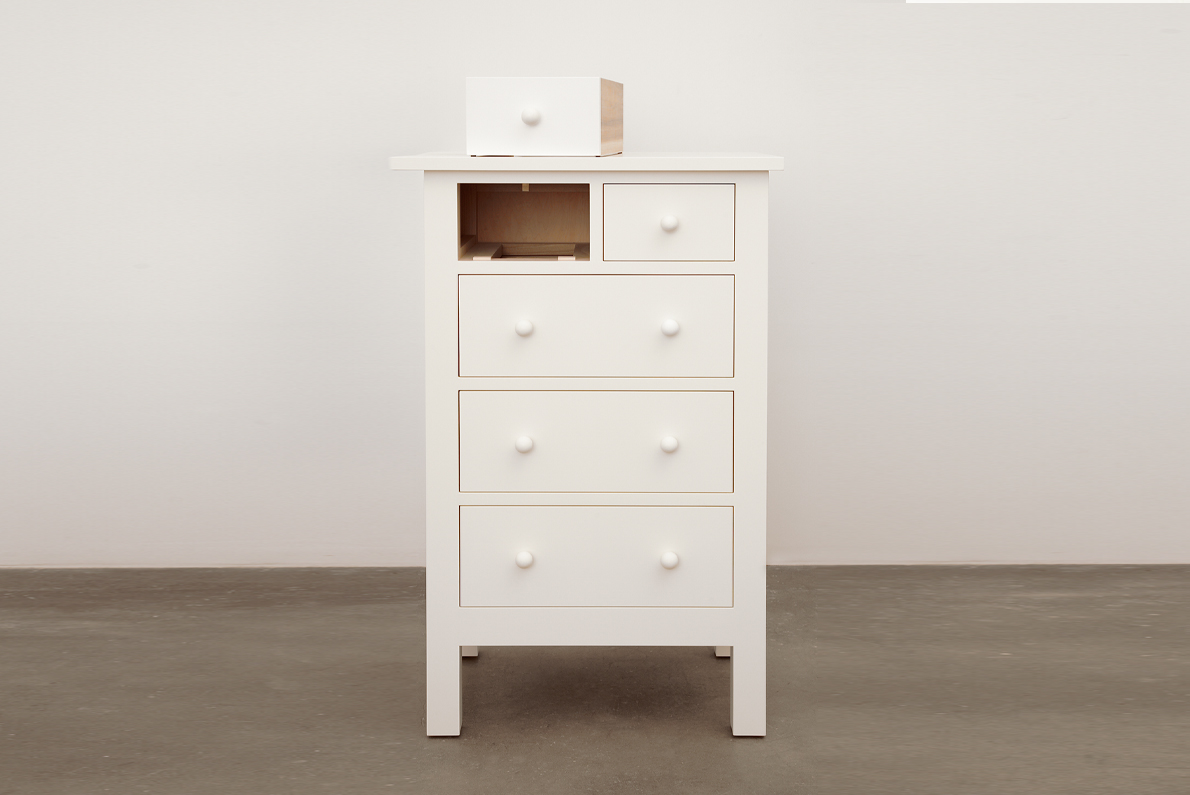
6
OBJECTS AND THINGS
September 5, 2023
Minimalism’s Specific Objecthood, Interpreted by Designers of Today
by Glenn Adamson
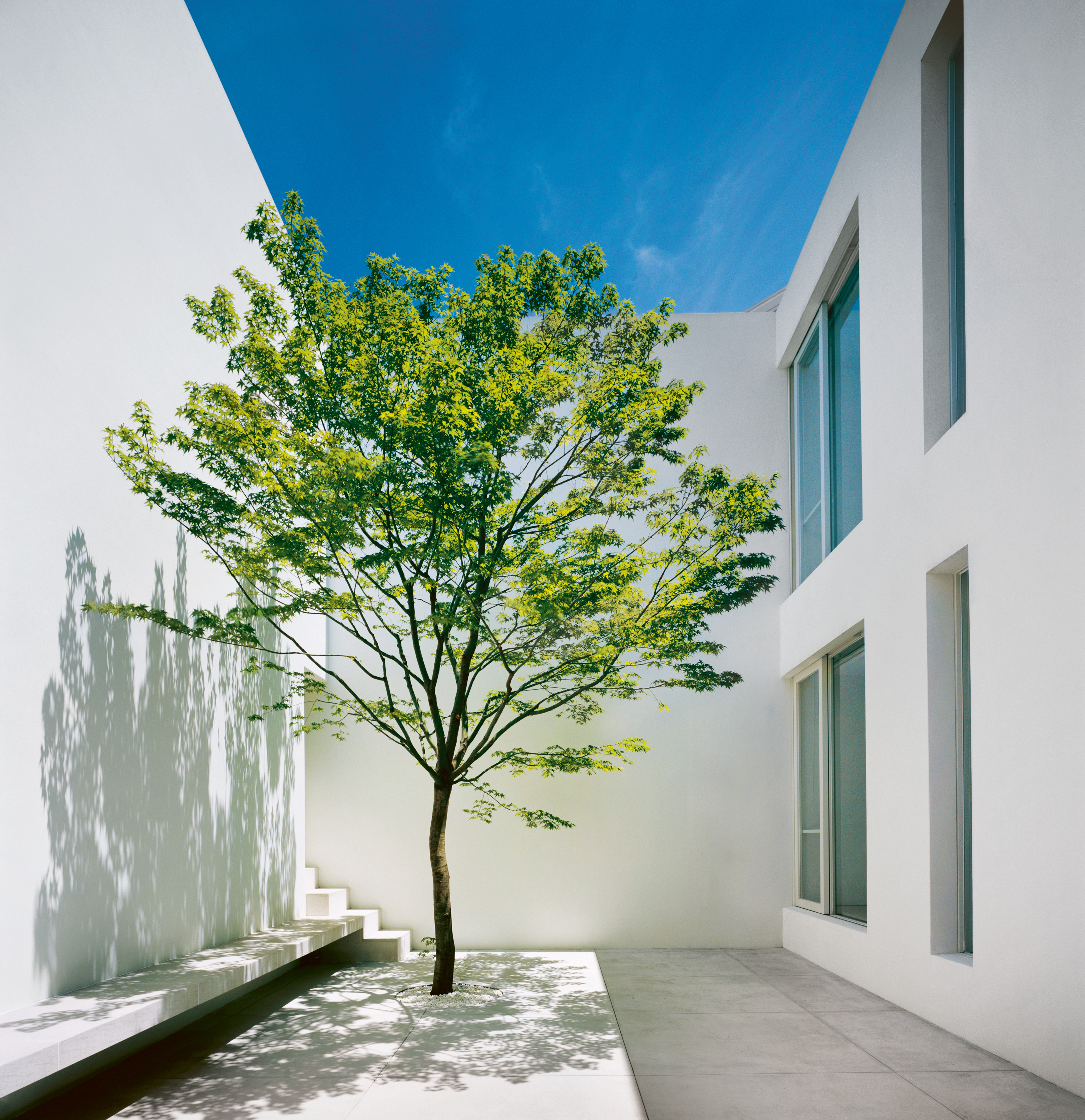
5
ROUNDTABLE
August 28, 2023
How Joan Jonas and Eiko Otake Navigate Transition
by Siobhan Burke
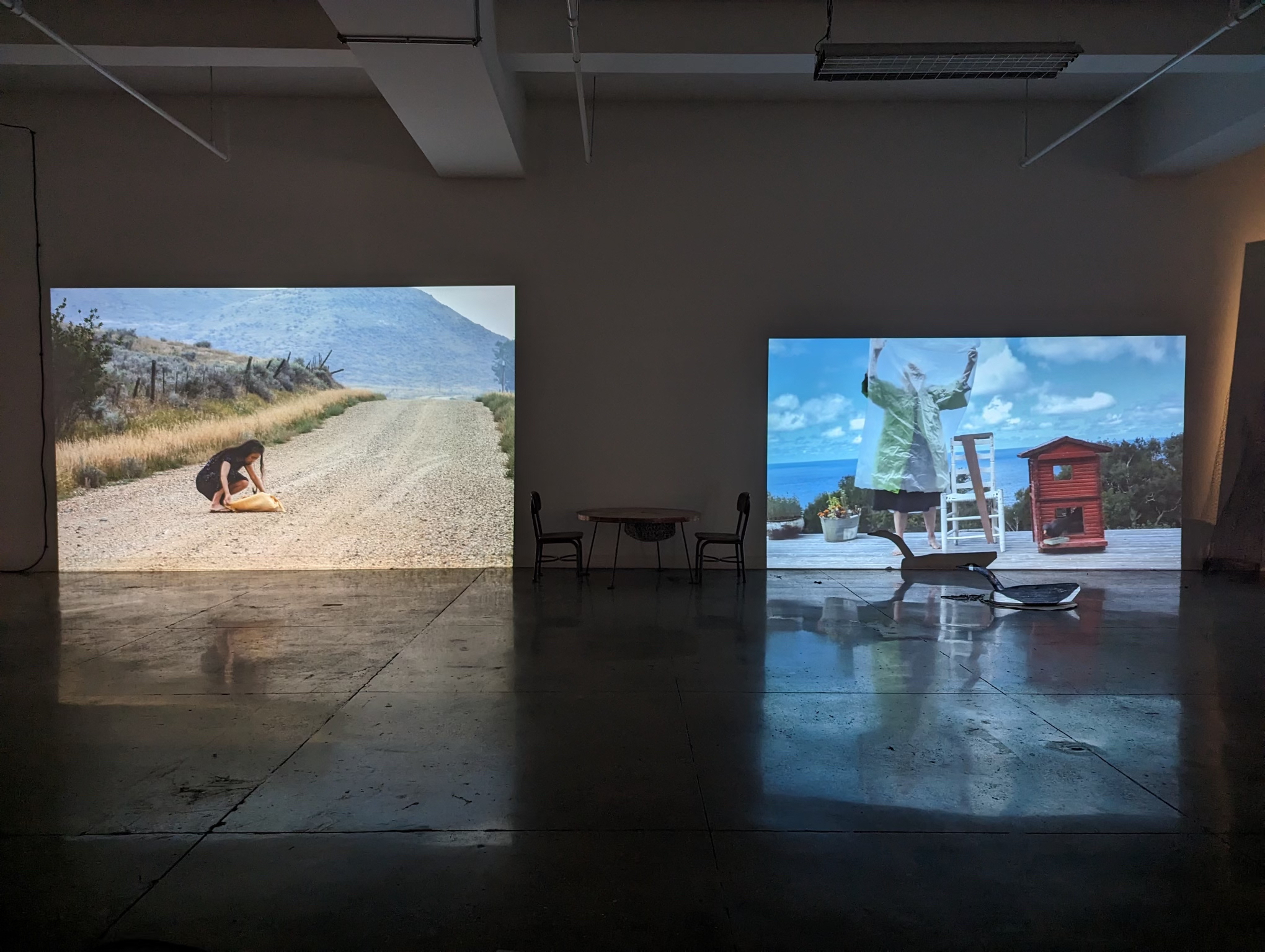
5
OBJECTS AND THINGS
August 21, 2023
The Future-Proofing Work of Design-Brand Archivists
by Adrian Madlener
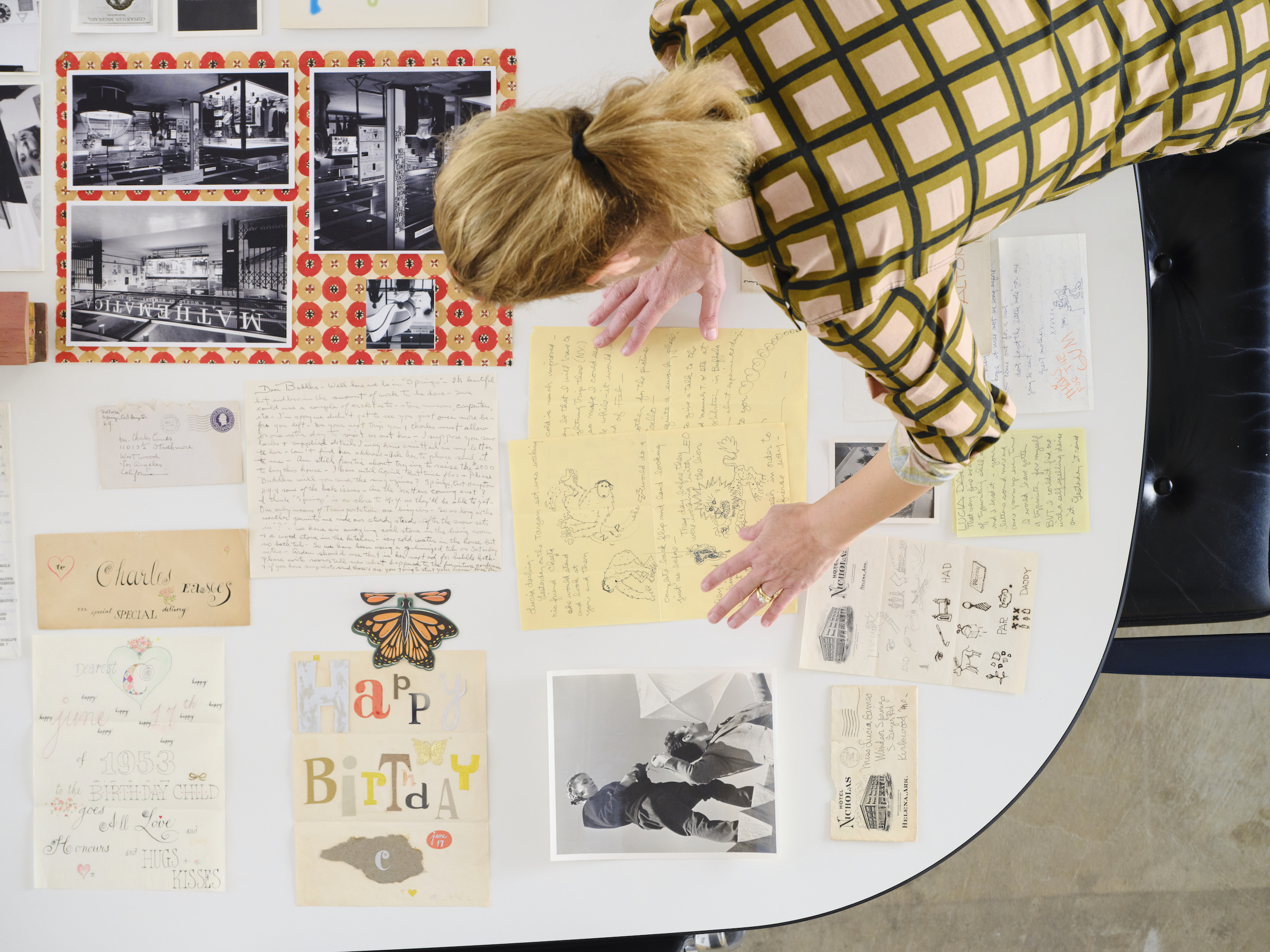
5
THE BUILT ENVIRONMENT
August 14, 2023
Can a Church Solve Canada’s Housing Crisis?
by Alex Bozikovic
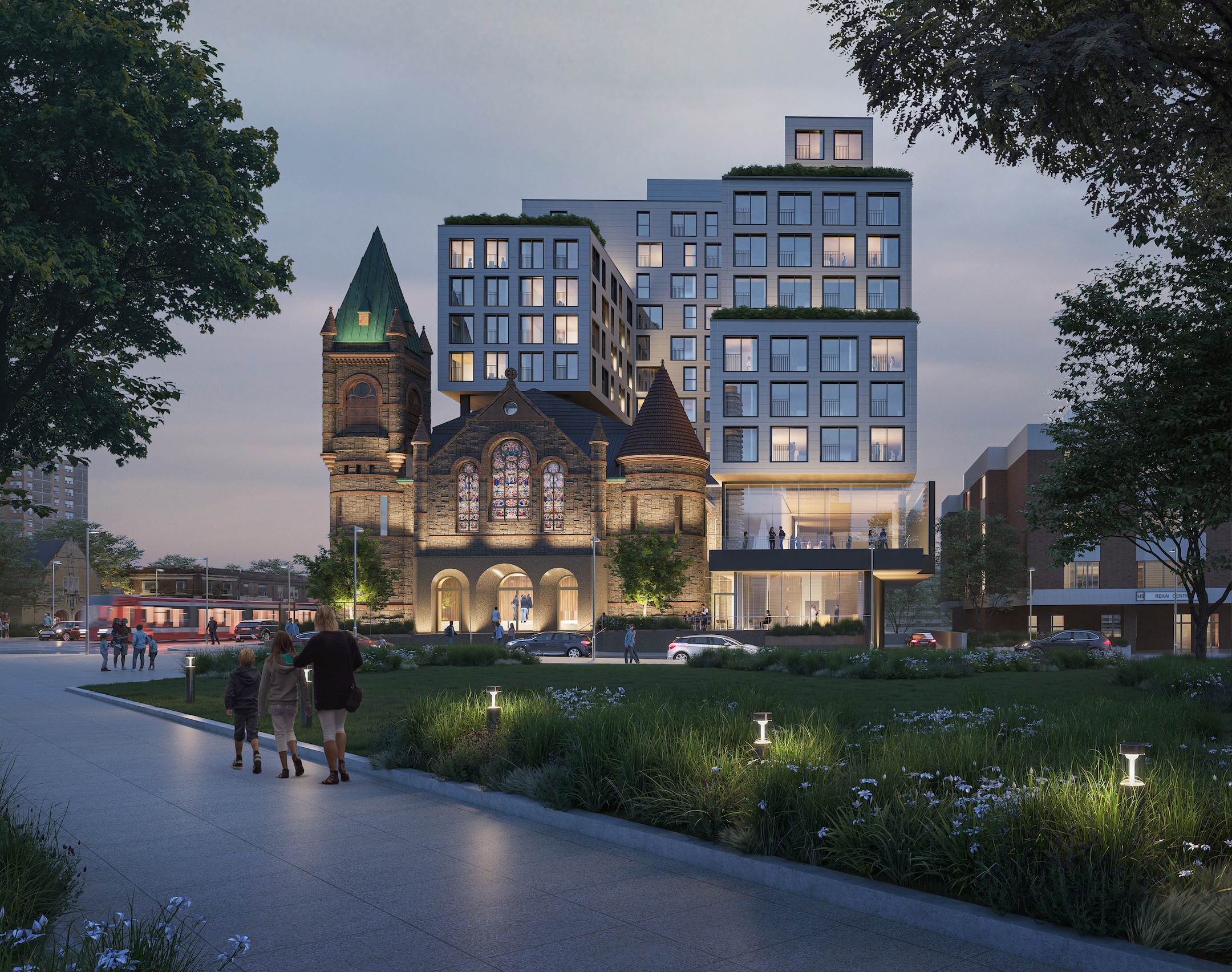
5
CHRONICLES OF CULTURE
August 7, 2023
In Search of Healing, Helen Cammock Confronts the Past
by Jesse Dorris
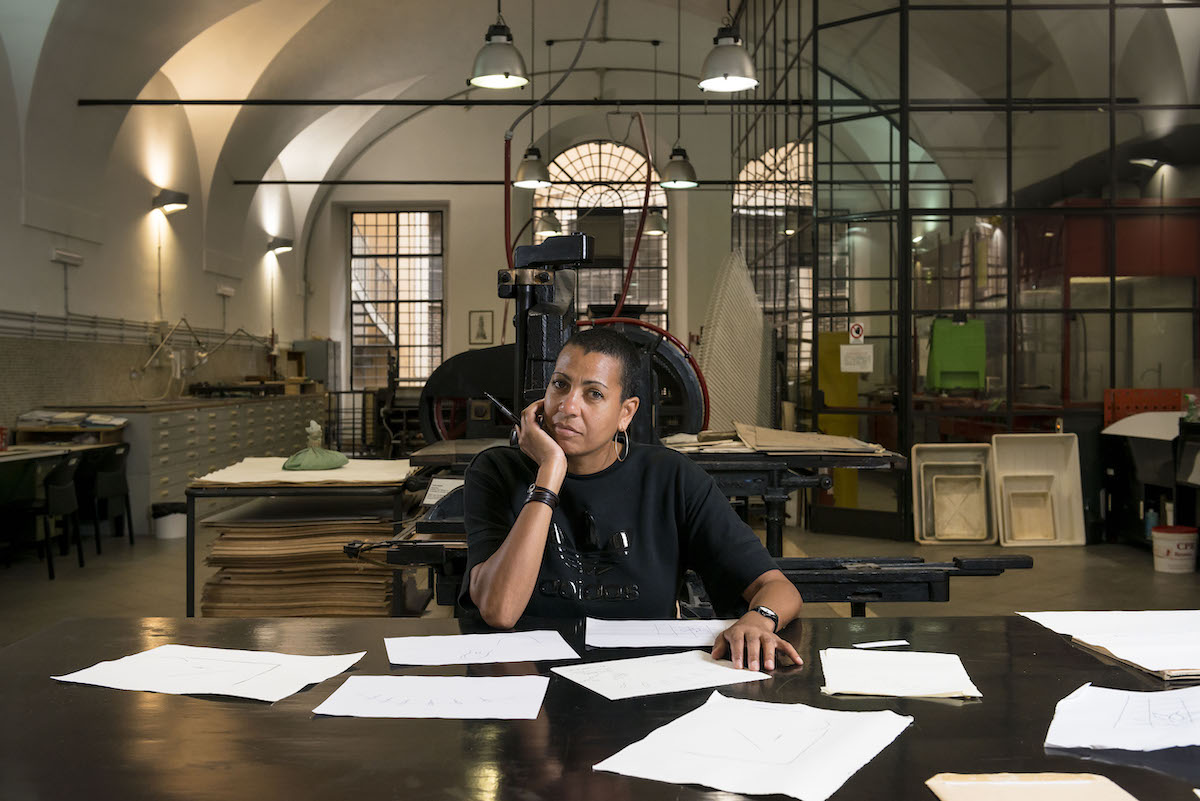
5
THE BUILT ENVIRONMENT
July 31, 2023
What Dead Malls, Office Parks, and Big-Box Stores Can Do for Housing
by Ian Volner
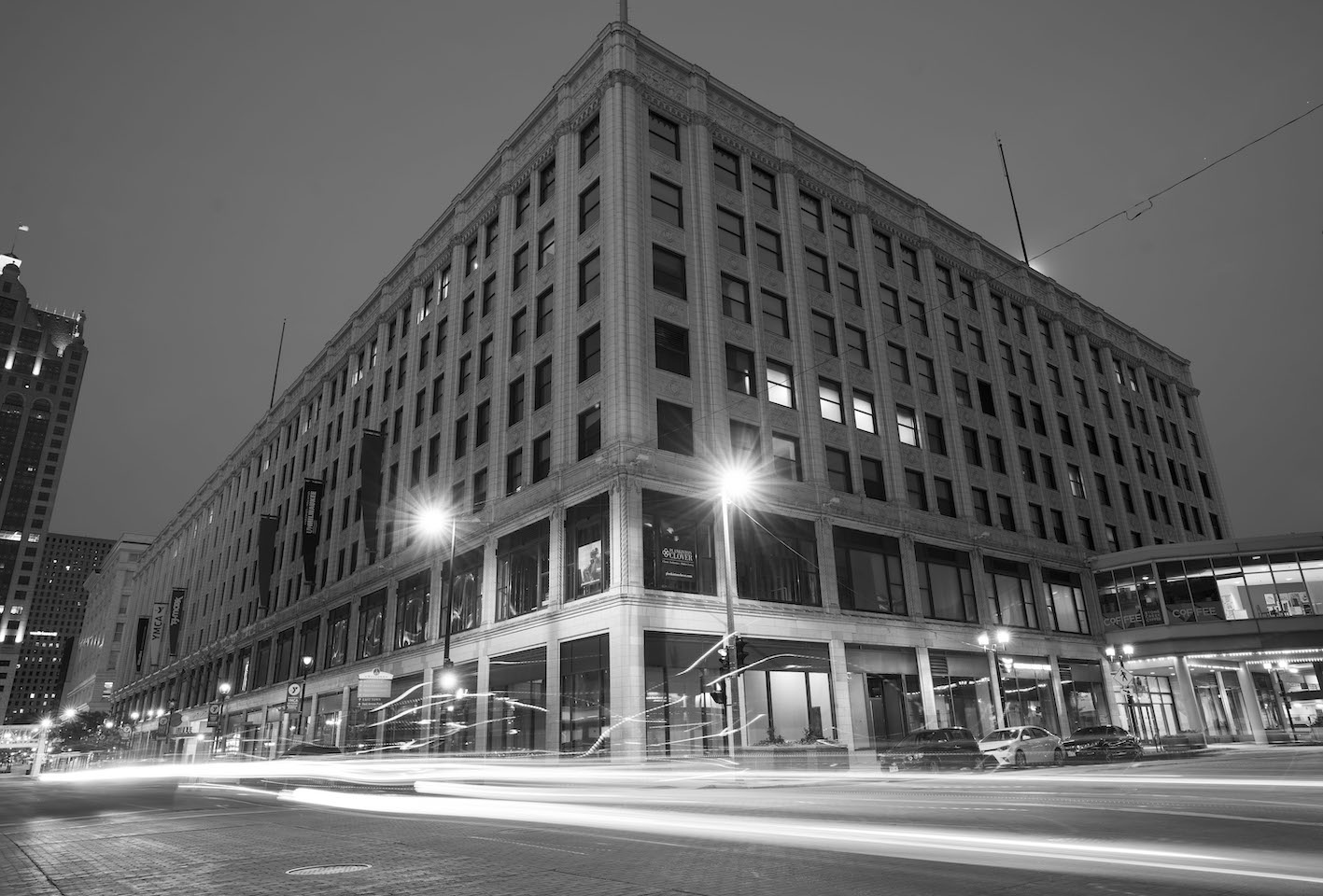
5
PERSPECTIVE
July 24, 2023
A Righteous Way to Solve “Wicked” Problems
by Susan Yelavich
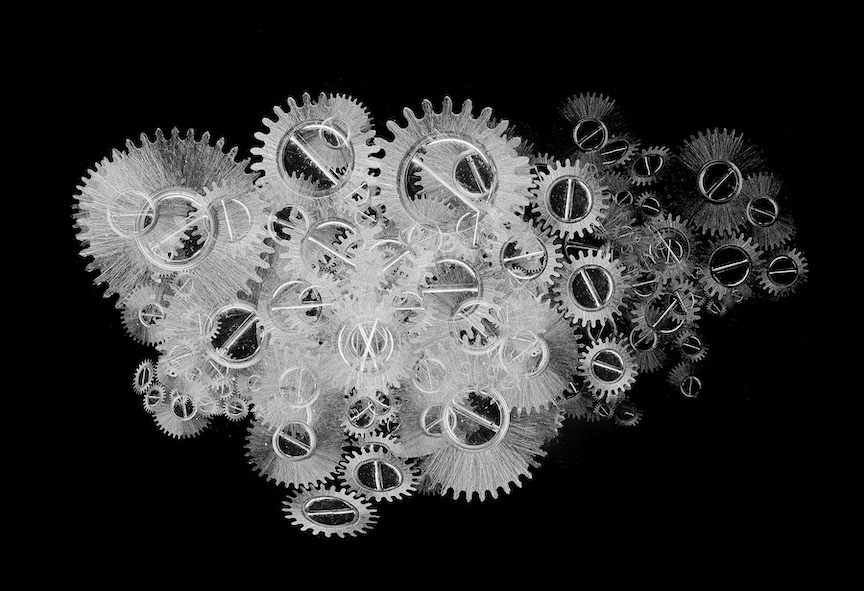
5
CHRONICLES OF CULTURE
July 17, 2023
Making a Mess, with a Higher Purpose
by Andrew Russeth
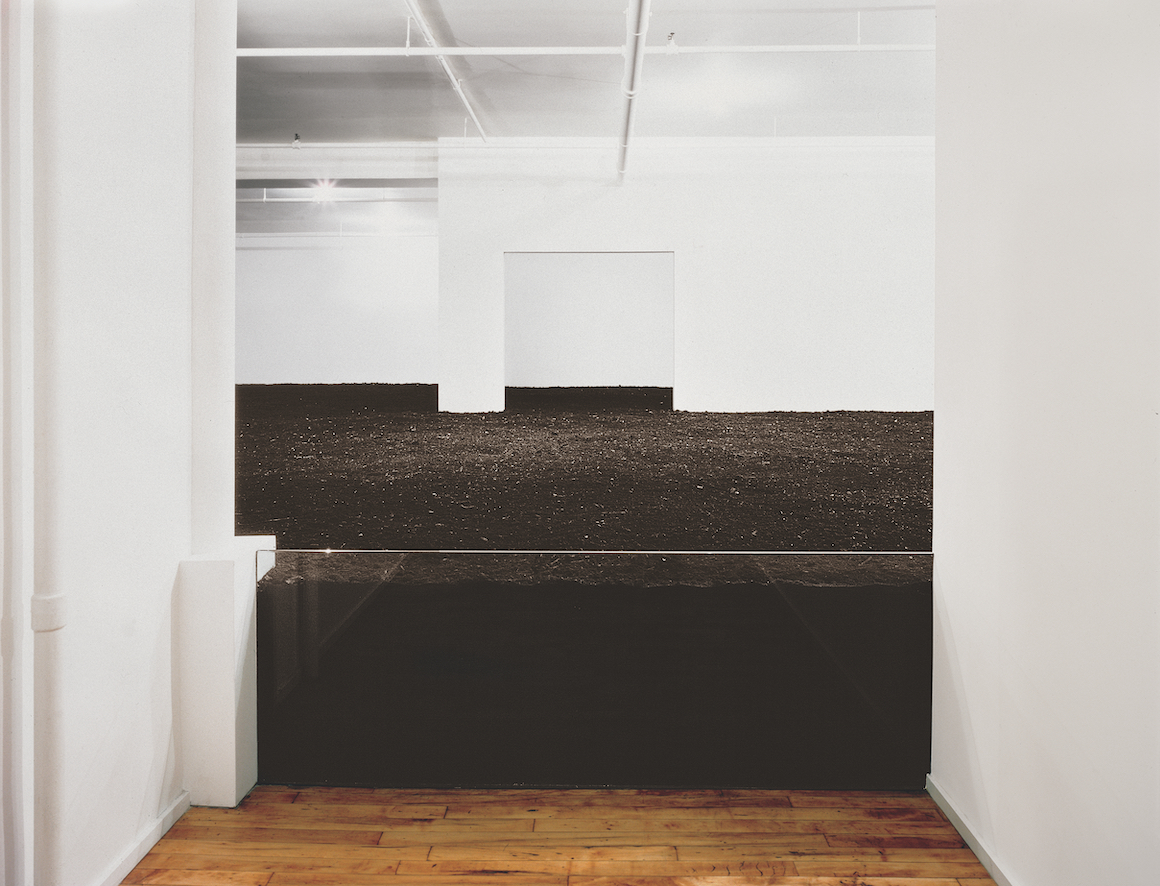
5
ROUNDTABLE
July 10, 2023
How to Emerge from a Starchitect’s Shadow
by Cynthia Rosenfeld

4
THE BUILT ENVIRONMENT
June 26, 2023
There Is No One-Size-Fits-All in Architecture
by Marianela D’Aprile
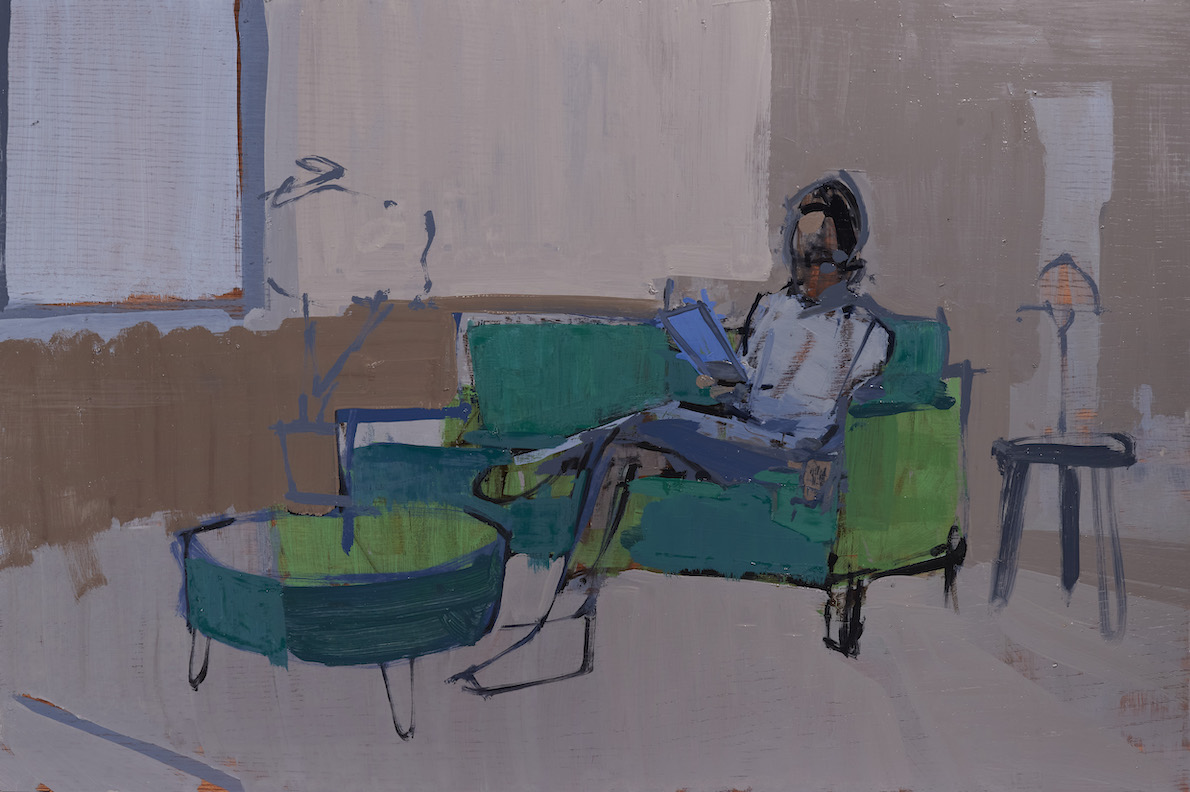
4
THE BUILT ENVIRONMENT
June 19, 2023
How Time Shapes Amin Taha’s Unconventionally Handsome Buildings
by George Kafka
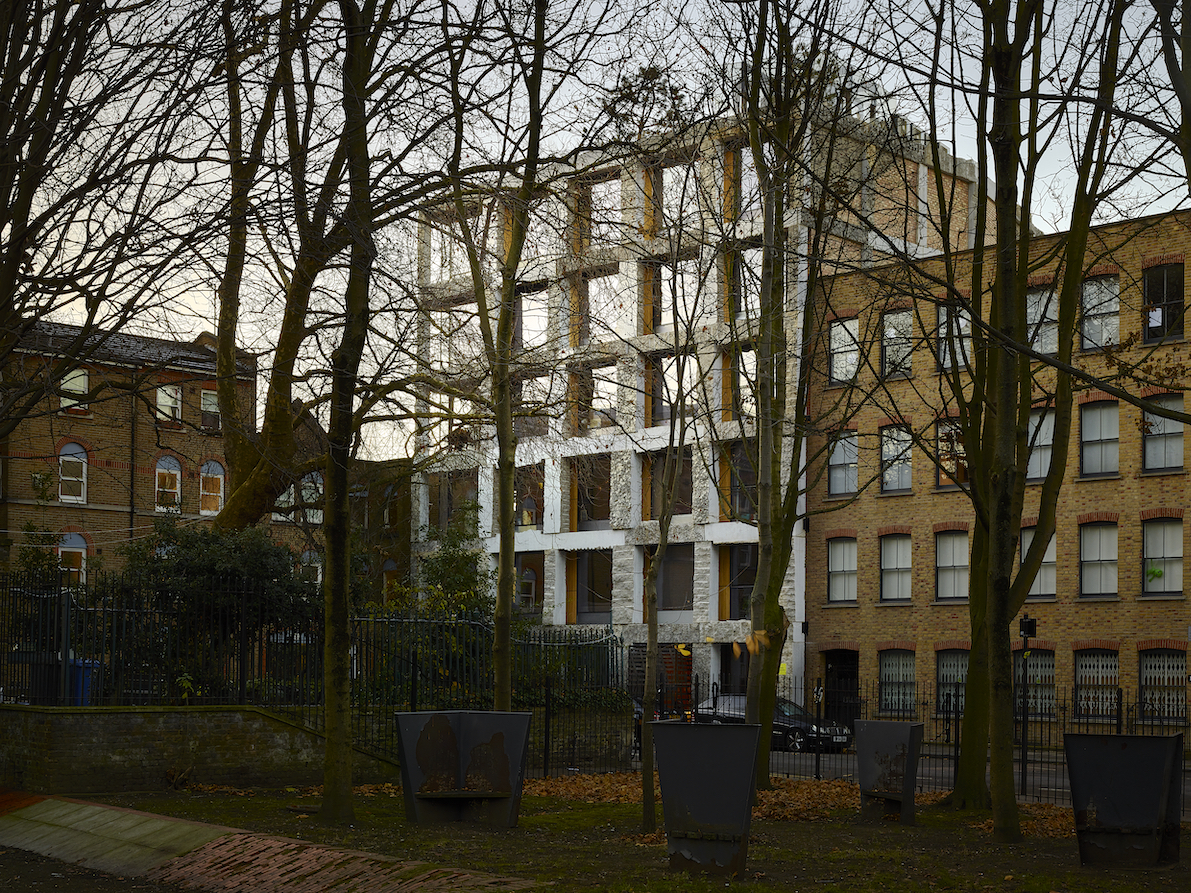
4
SHOW AND TELL
June 12, 2023
Seeing and Being Seen in JEB’s Radical Archive of Lesbian Photography
by Svetlana Kitto
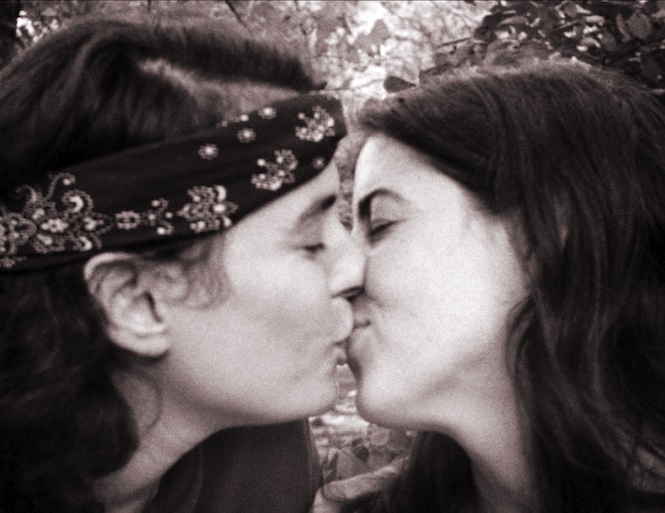
4
PERSPECTIVE
June 5, 2023
In Built Environments, Planting Where It Matters Most
by Karrie Jacobs

3
PERSPECTIVE
May 30, 2023
On the Home Front, a Latine Aesthetic’s Ordinary Exuberance
by Anjulie Rao

3
PERSPECTIVE
May 21, 2023
For a Selfie (and Enlightenment), Make a Pilgrimage to Bridge No. 3
by Alexandra Lange

3
THE BUILT ENVIRONMENT
May 8, 2023
The Building Materials of the Future Might Be Growing in Your Backyard
by Marianna Janowicz
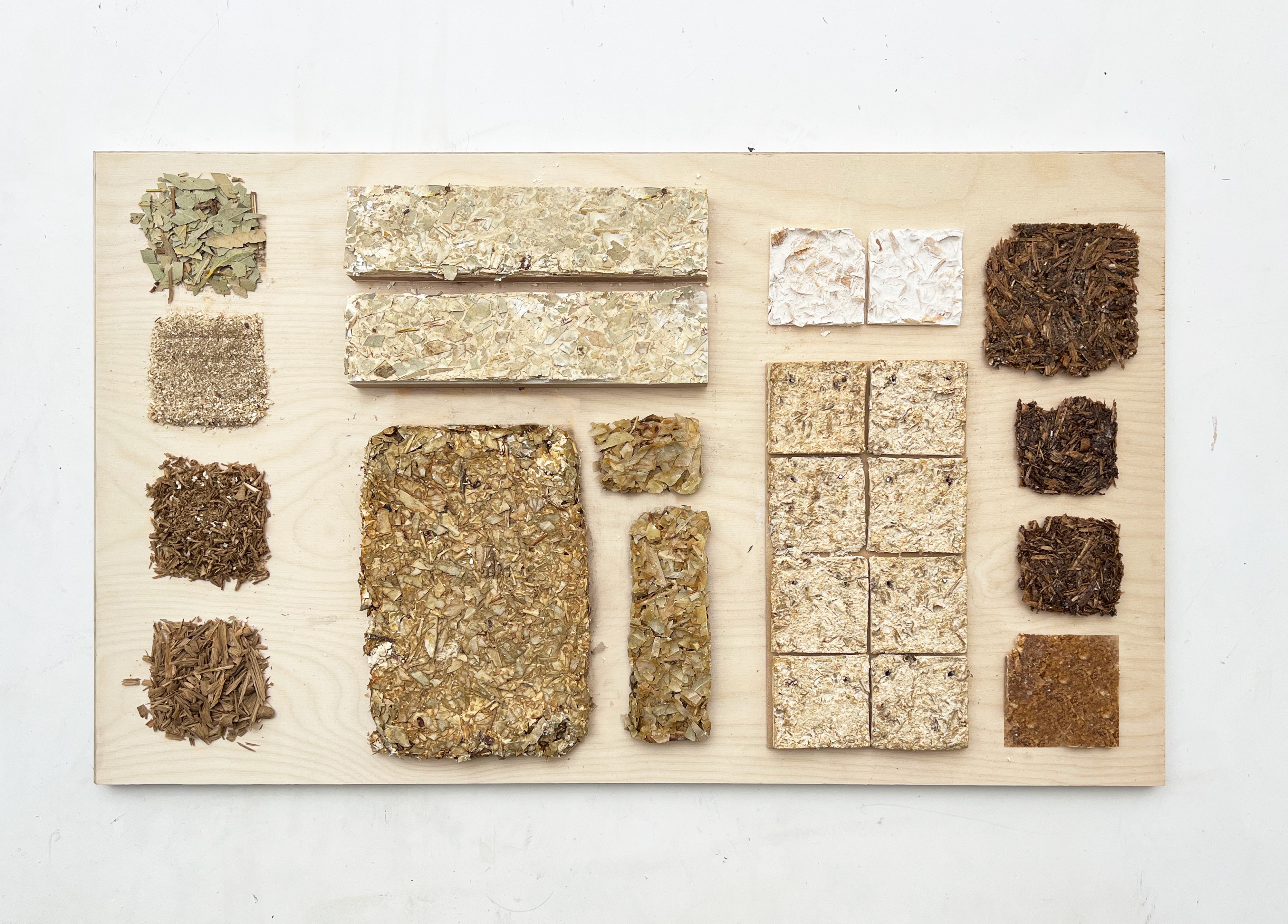
3
BOOK REVIEW
May 1, 2023
Moving Beyond the “Fetishisation of the Forest”
by Edwin Heathcote

2
ROUNDTABLE
April 24, 2023
Is Craft Still Synonymous with the Hand?
by Tiffany Jow
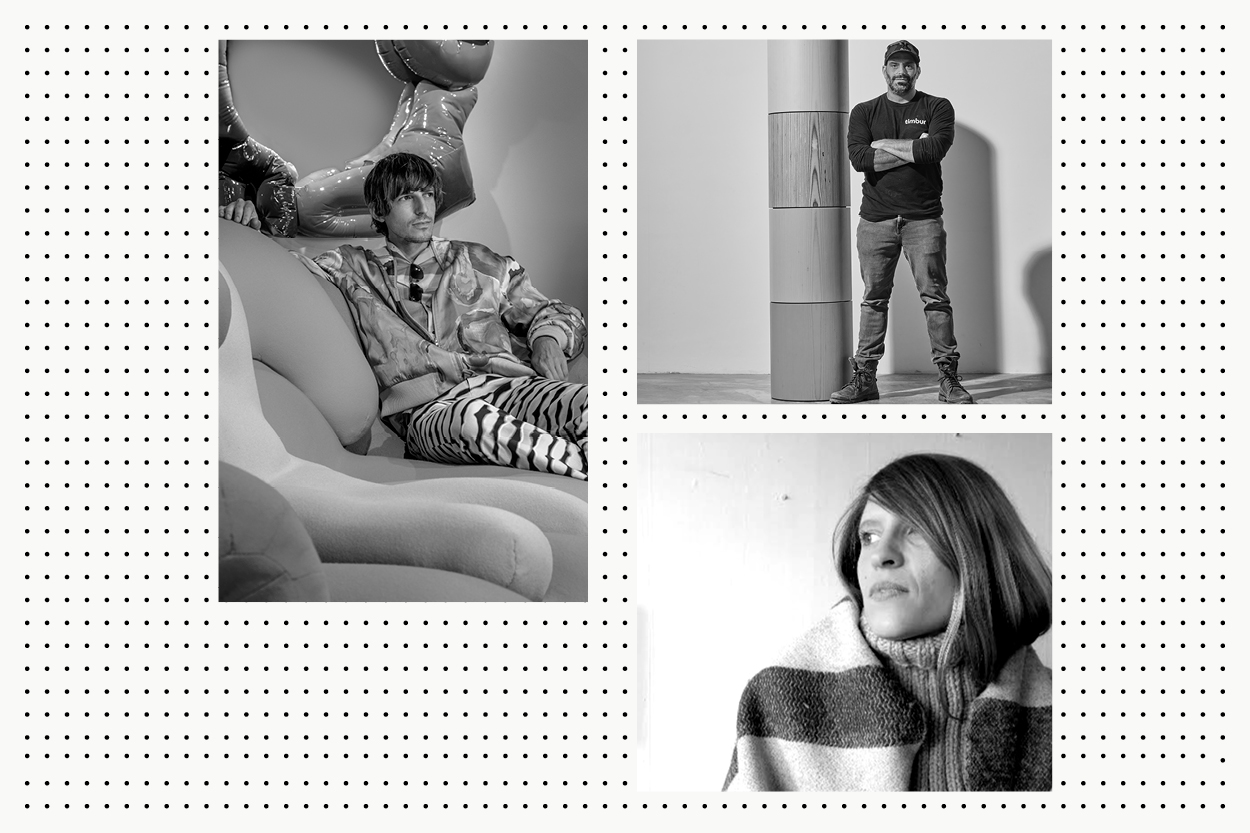
2
OBJECTS AND THINGS
April 17, 2023
A Historian Debunks Myths About Lacemaking, On LaceTok and IRL
by Julie Lasky
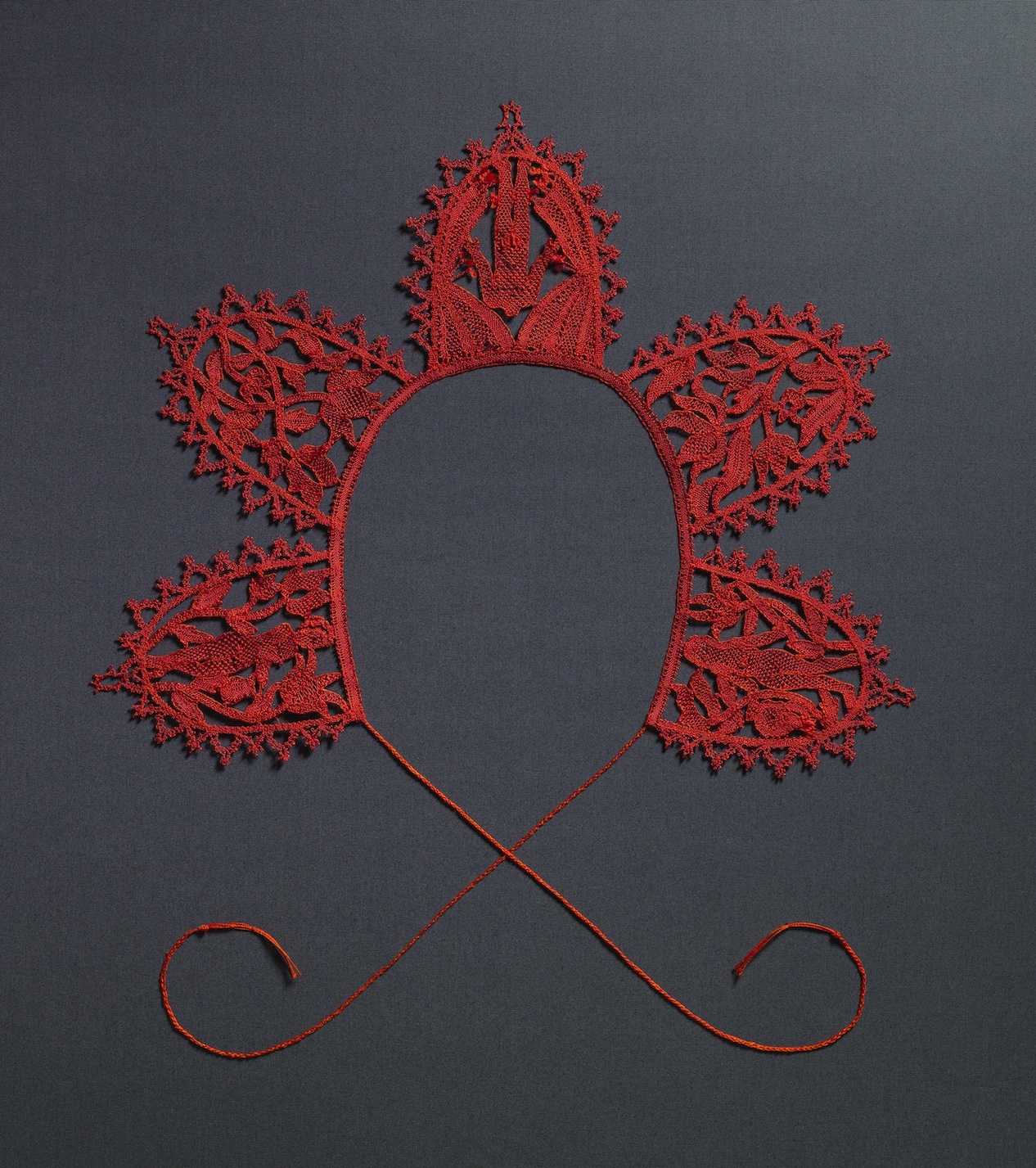
2
THE BUILT ENVIRONMENT
April 10, 2023
How AI Helps Architects Design, and Refine, Their Buildings
by Ian Volner
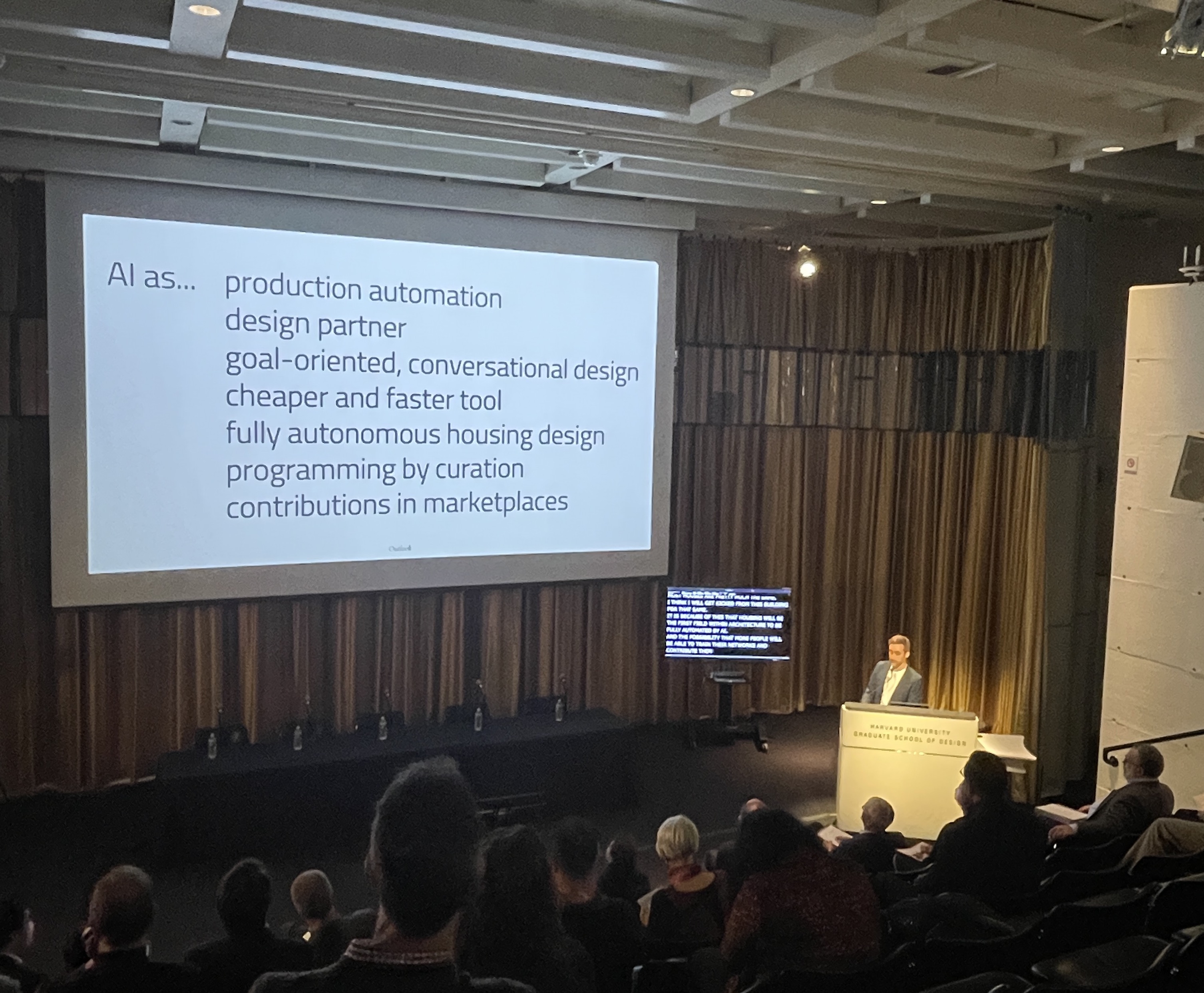
2
SHOW AND TELL
April 3, 2023
Merging Computer and Loom, a Septuagenarian Artist Weaves Her View of the World
by Francesca Perry
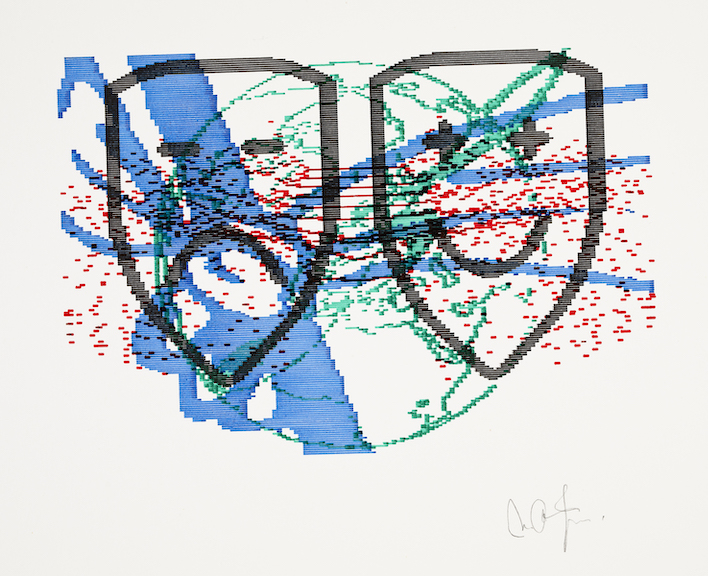
1
THE BUILT ENVIRONMENT
March 27, 2023
Words That Impede Architecture, According to Reinier de Graaf
by Osman Can Yerebakan

1
CHRONICLES OF CULTURE
March 20, 2023
Painting With Plaster, Monica Curiel Finds a Release
by Andrew Russeth
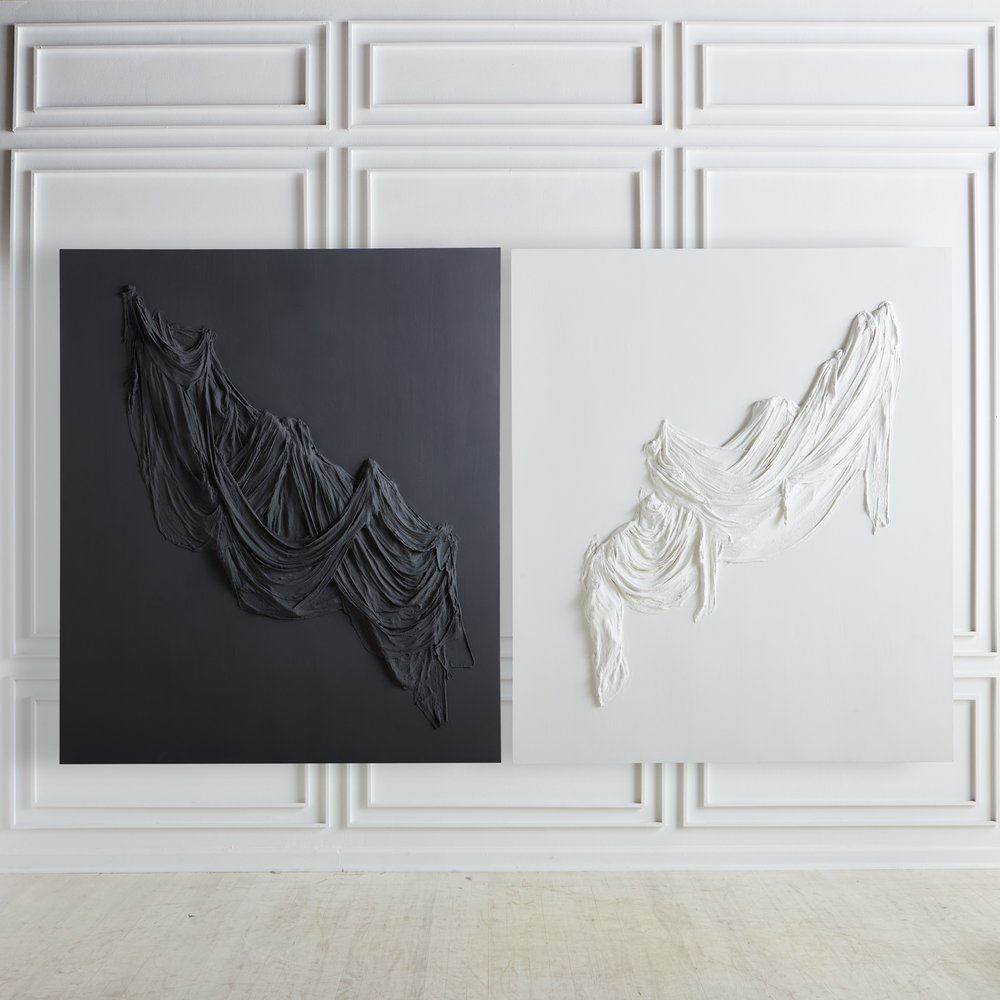
1
PERSPECTIVE
March 13, 2023
Rules and Roles in Life, Love, and Architecture
by Eva Hagberg
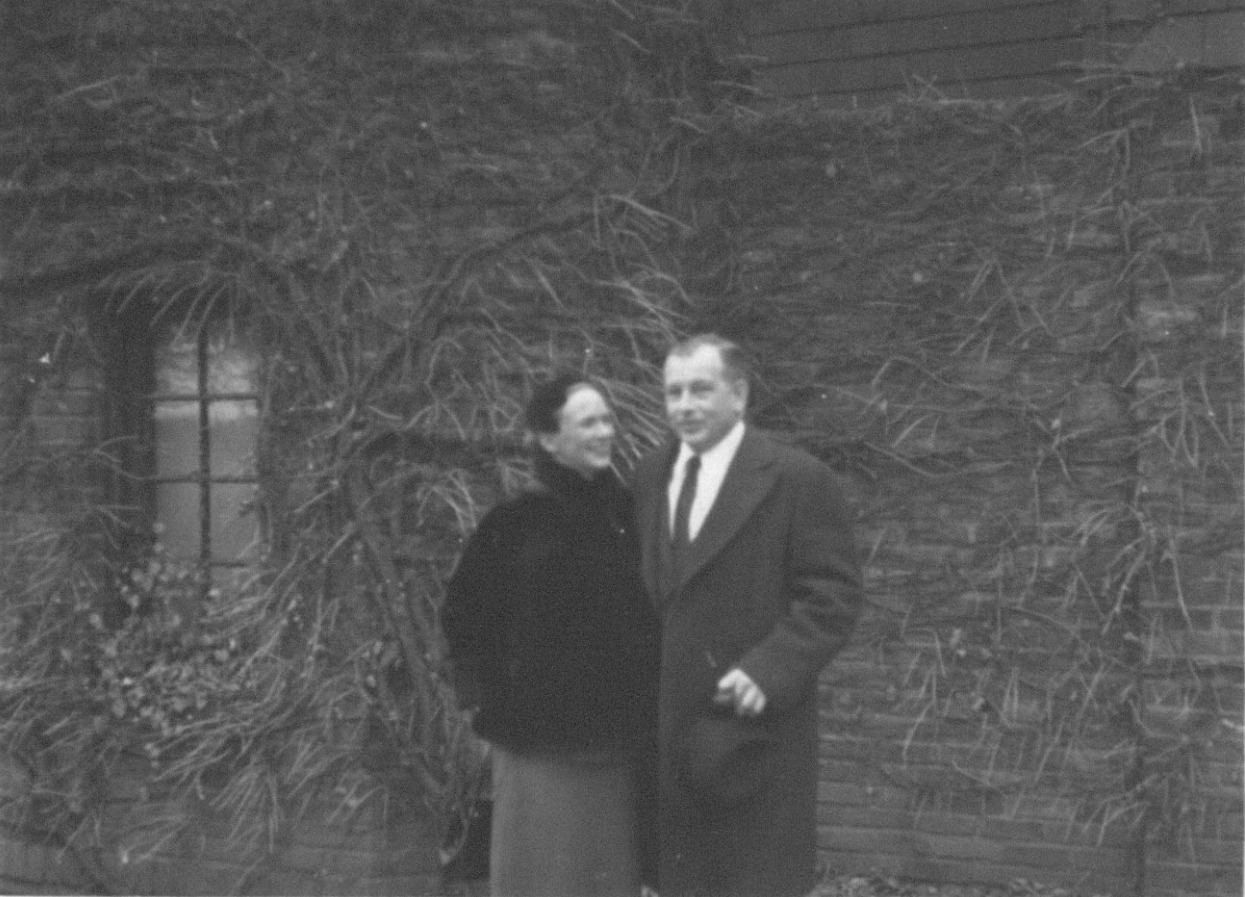
1
Roundtable
March 6, 2023
A Design Movement That Pushes Beyond Architecture’s Limitations
by Tiffany Jow
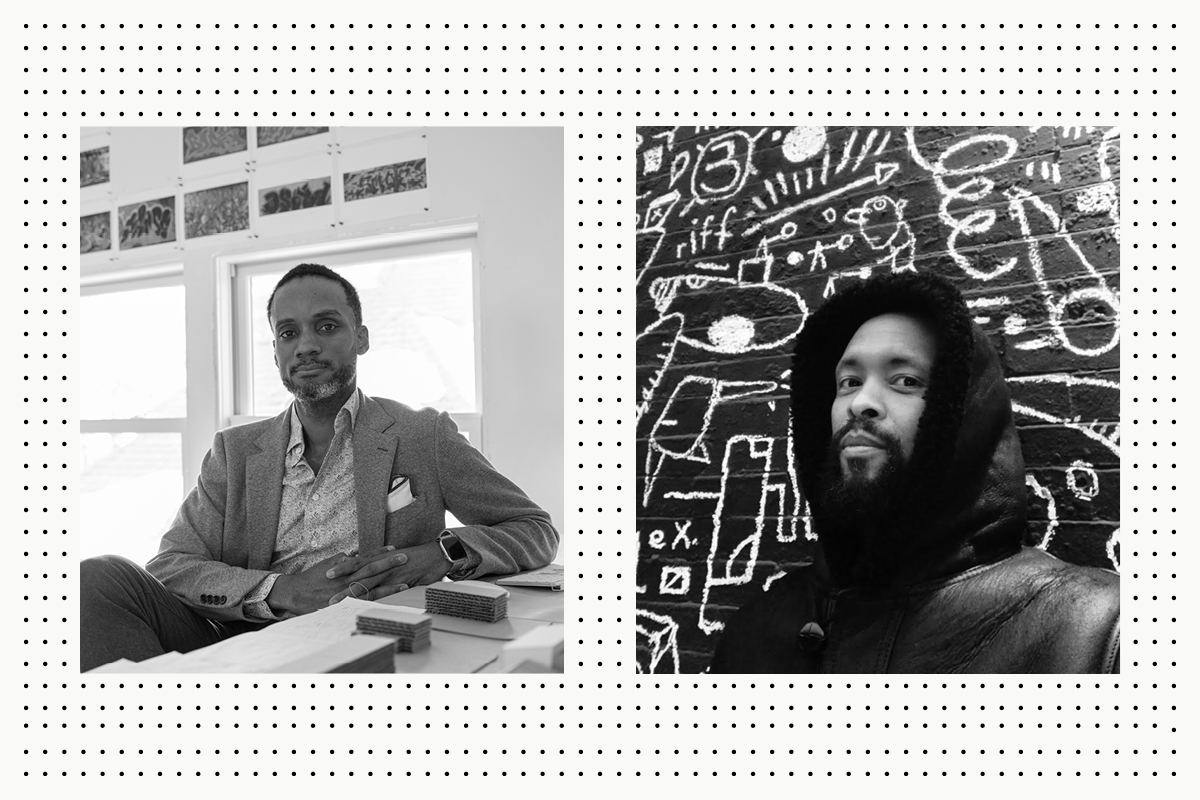
0
THE BUILT ENVIRONMENT
February 7, 2023
To Improve the Future of Public Housing, This Architecture Firm Looks to the Past
by Ian Volner
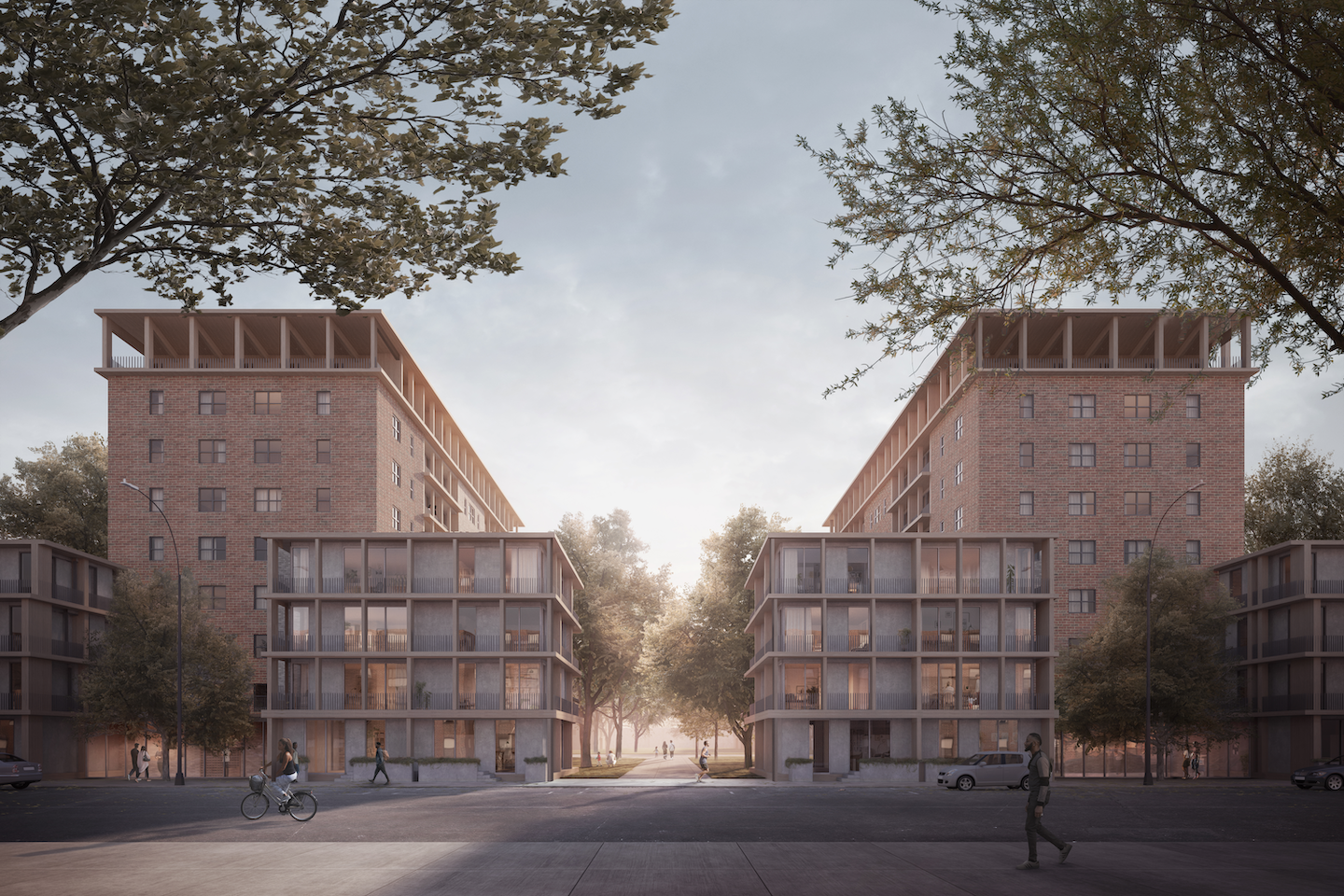
0
PERSPECTIVE
February 7, 2023
The Radical Potential of “Prime Objects”
by Glenn Adamson
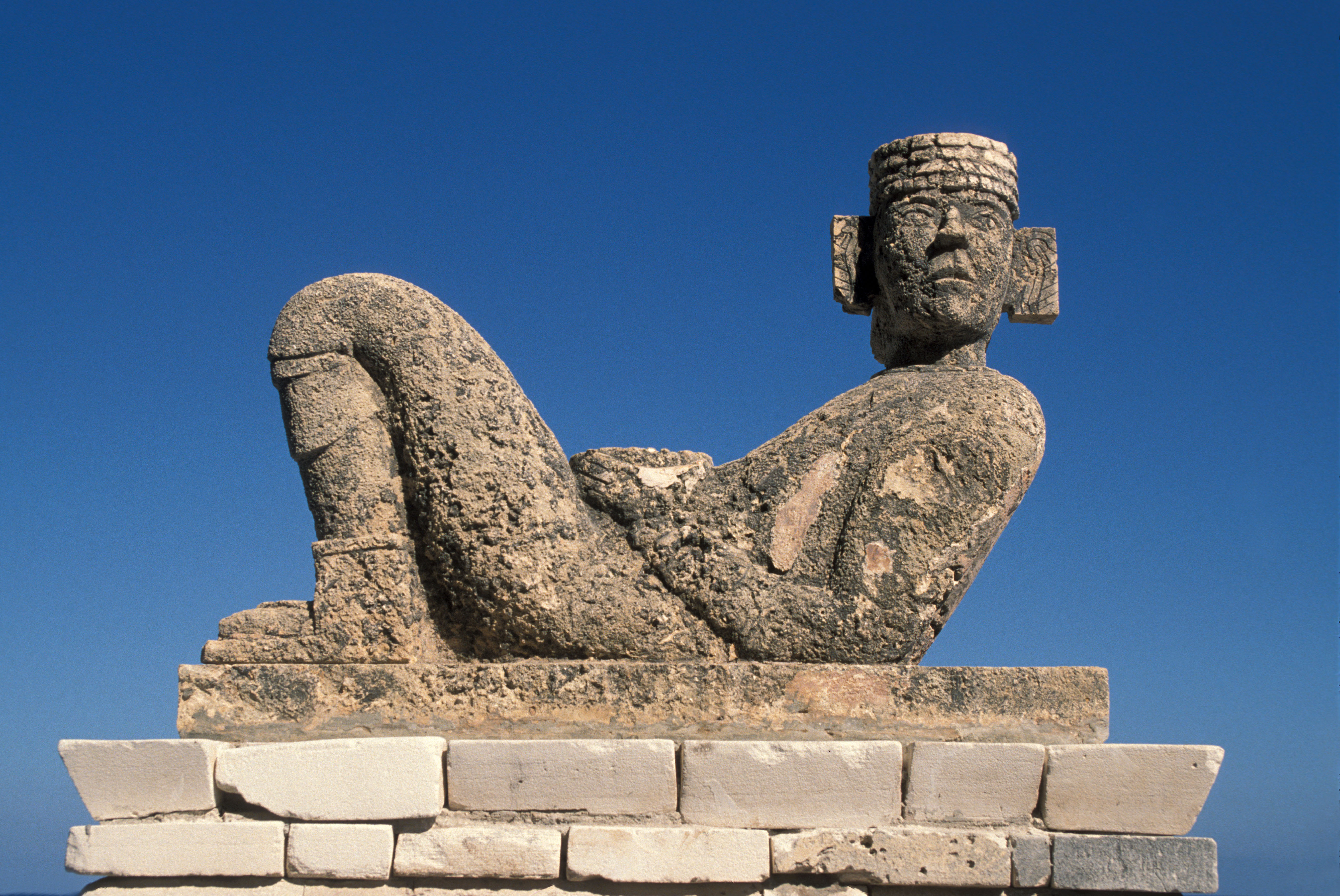
0
SHOW AND TELL
February 20, 2023
Xiyadie’s Queer Cosmos
by Xin Wang

0
CHRONICLES OF CULTURE
February 13, 2023
How Michael J. Love’s Subversive Tap Dancing Steps Forward
by Jesse Dorris
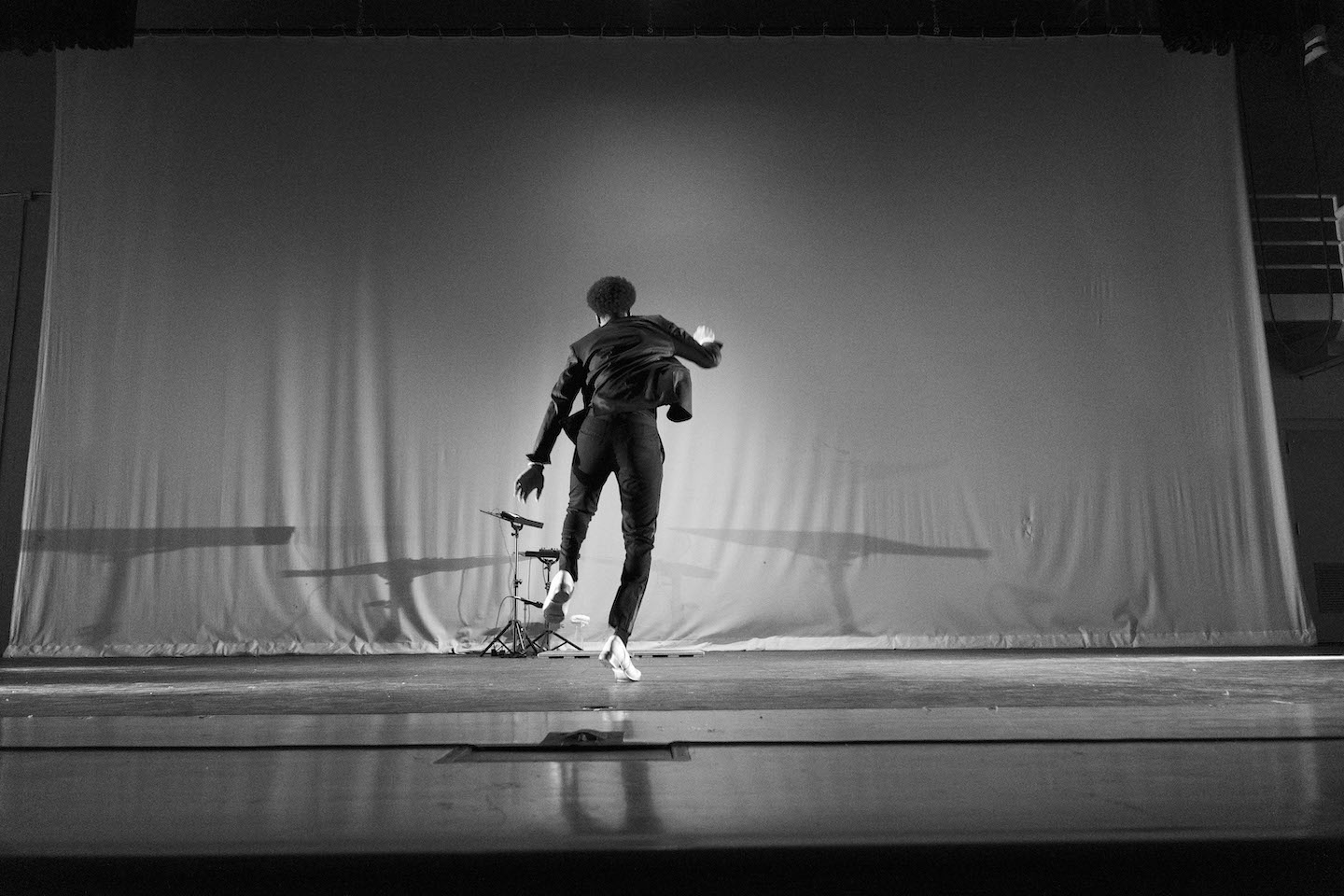
0
SHOW AND TELL
February 7, 2023
Finding Healing and Transformation Through Good Black Art
by Folasade Ologundudu
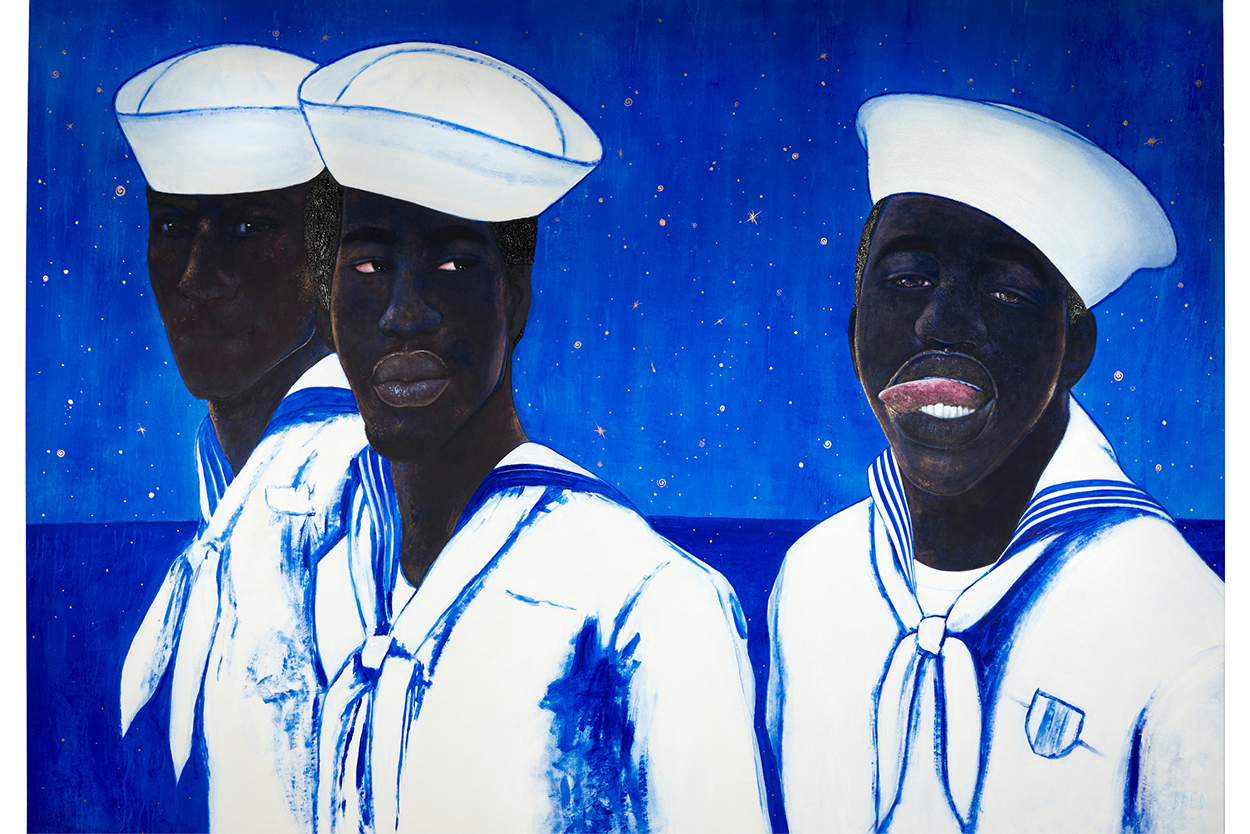
0
BOOK REVIEW
February 13, 2023
How Stephen Burks “Future-Proofs” Craft
by Francesca Perry
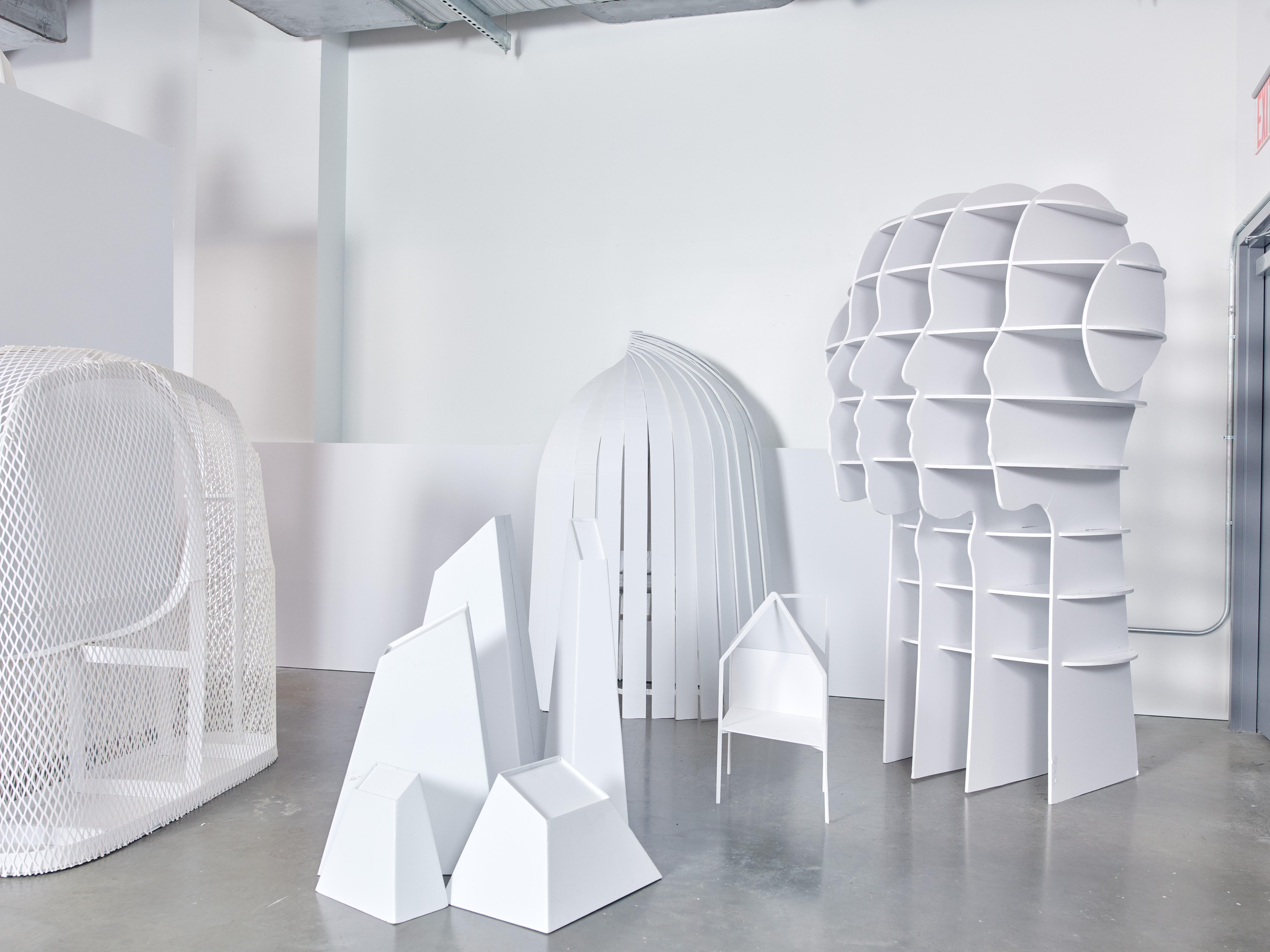
0
ROUNDTABLE
February 27, 2023
Making Use of End Users’ Indispensable Wisdom
by Tiffany Jow

0
OBJECTS AND THINGS
February 7, 2023
The New Lessons Architect Steven Harris Learns from Driving Old Porsches
by Jonathan Schultz

0
PERSPECTIVE
February 7, 2023
The Day Architecture Stopped
by Kate Wagner

0
OBJECTS AND THINGS
February 7, 2023
The Overlooked Potential of Everyday Objects
by Adrian Madlener
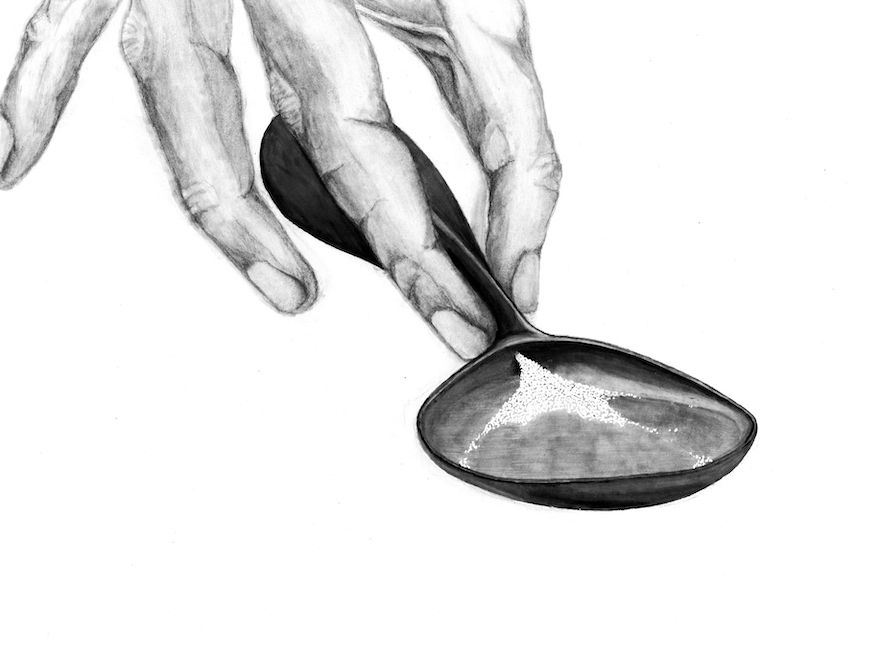
0
ROUNDTABLE
February 7, 2023
A Conversation About Generalists, Velocity, and the Source of Innovation
by Tiffany Jow

0
OBJECTS AND THINGS
February 7, 2023
Using a Fungi-Infused Paste, Blast Studio Turns Trash Into Treasure
by Natalia Rachlin
